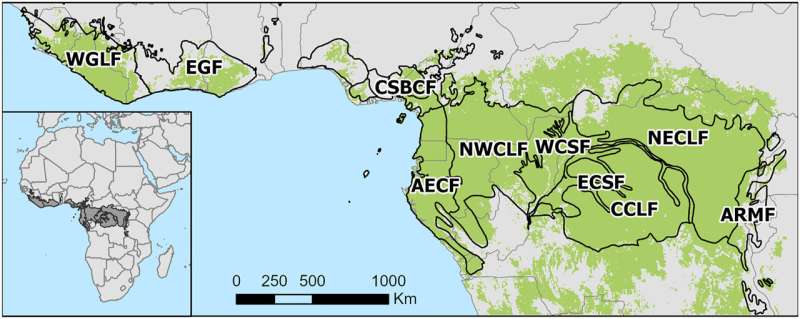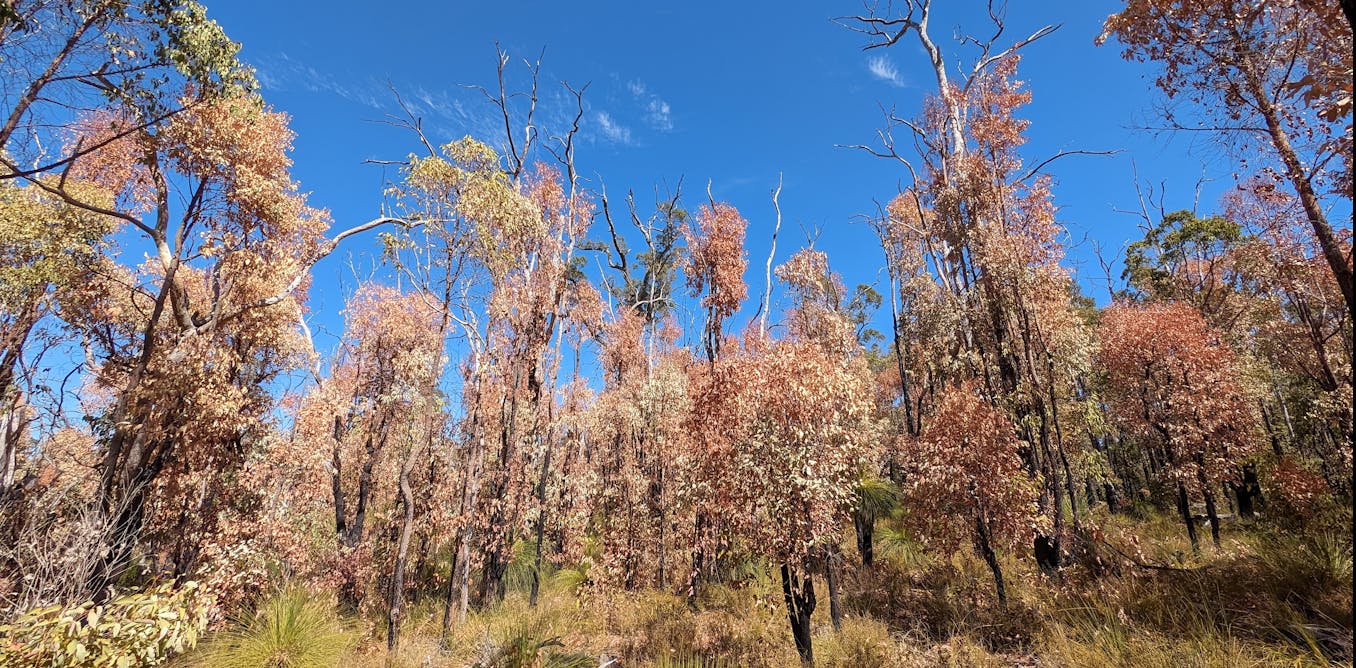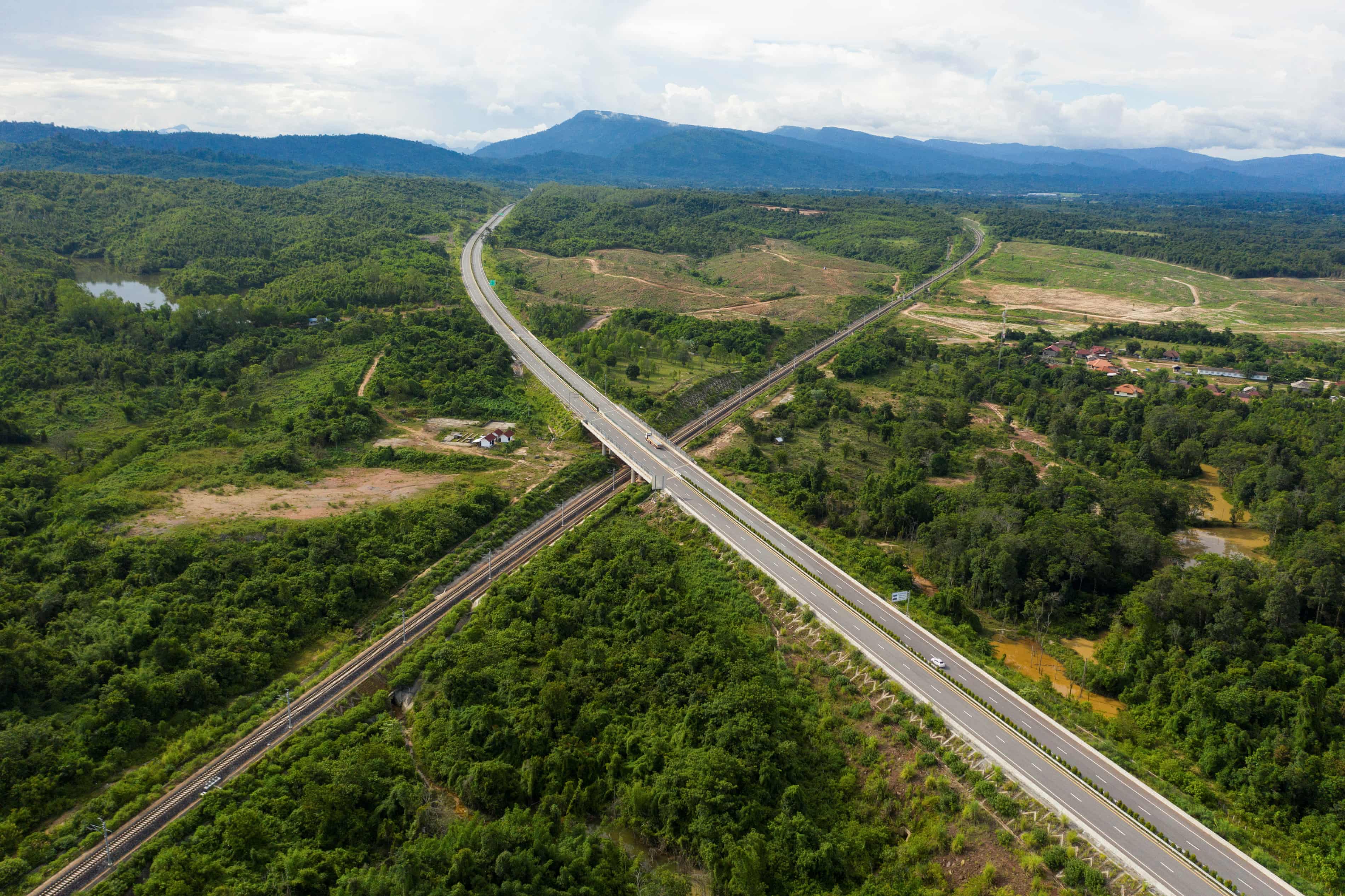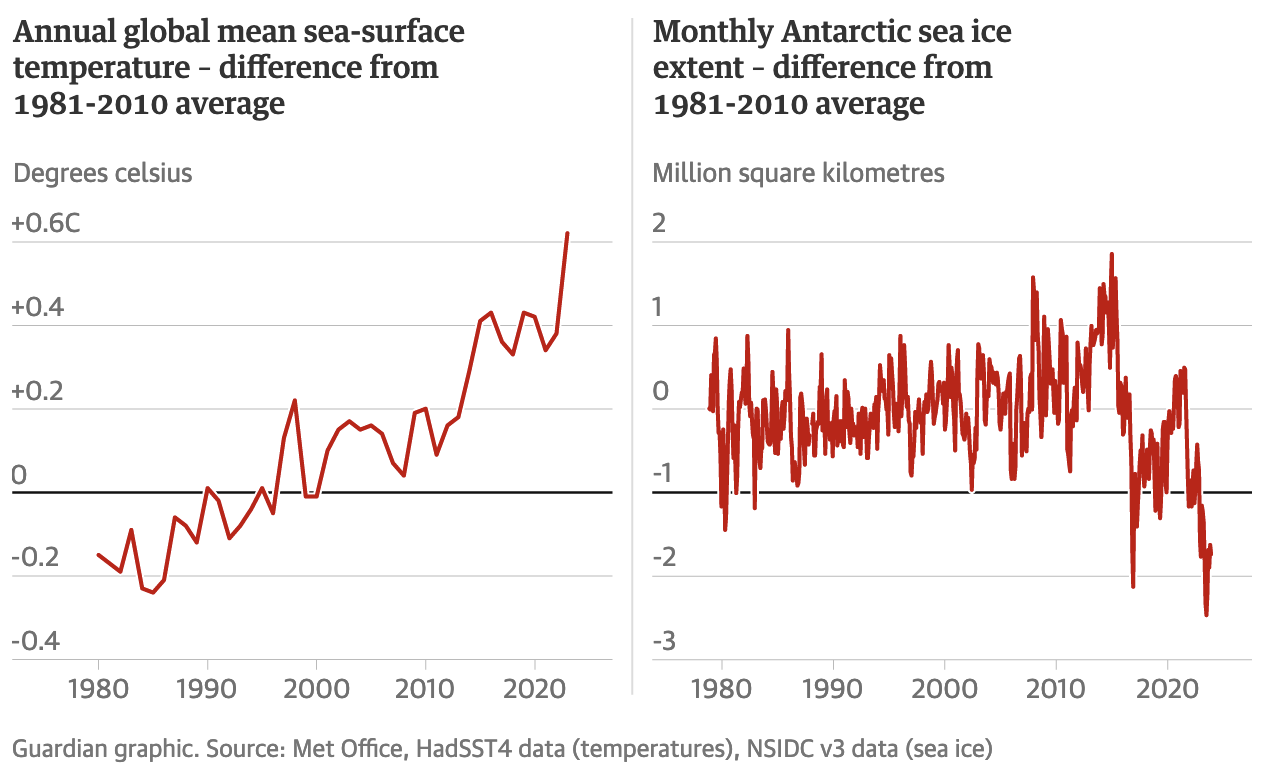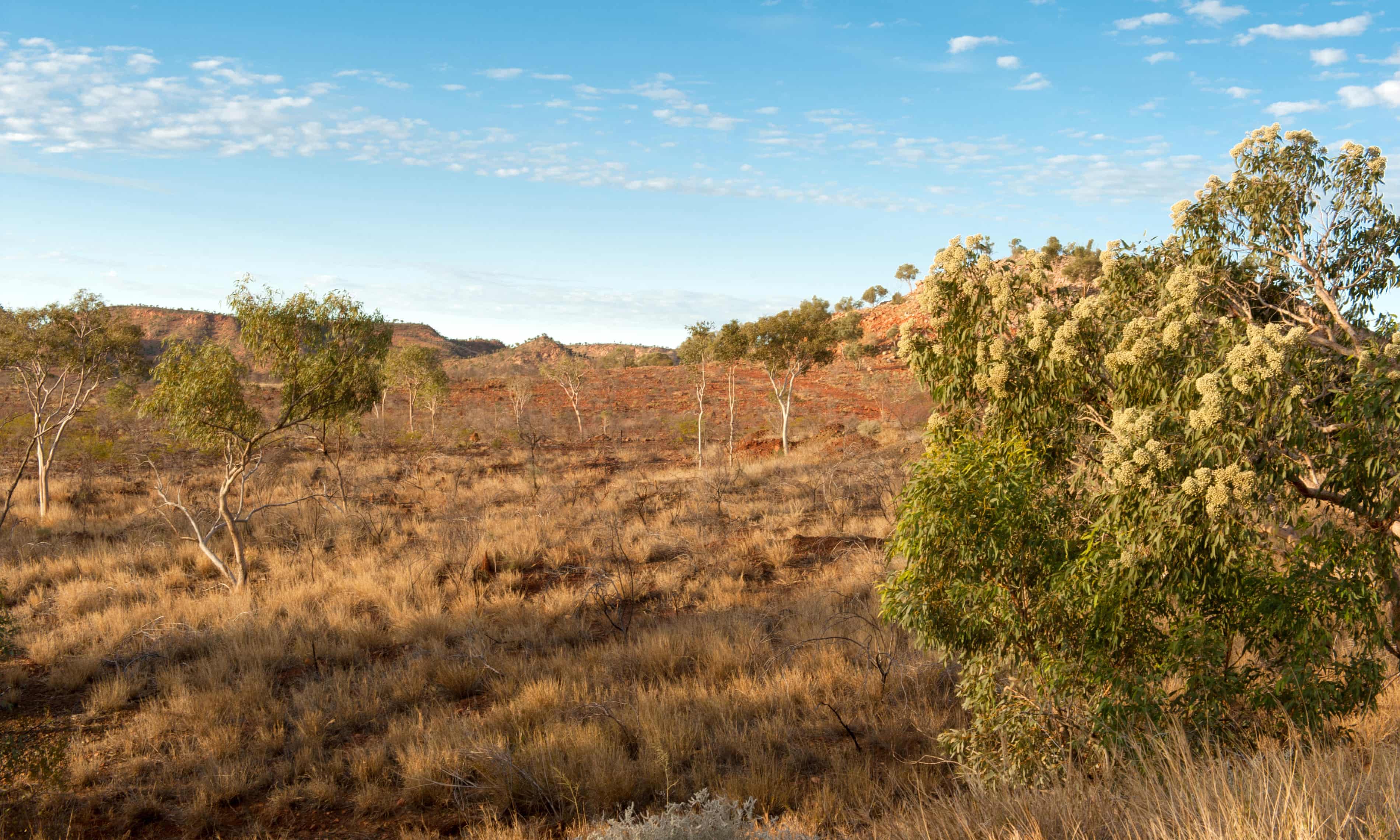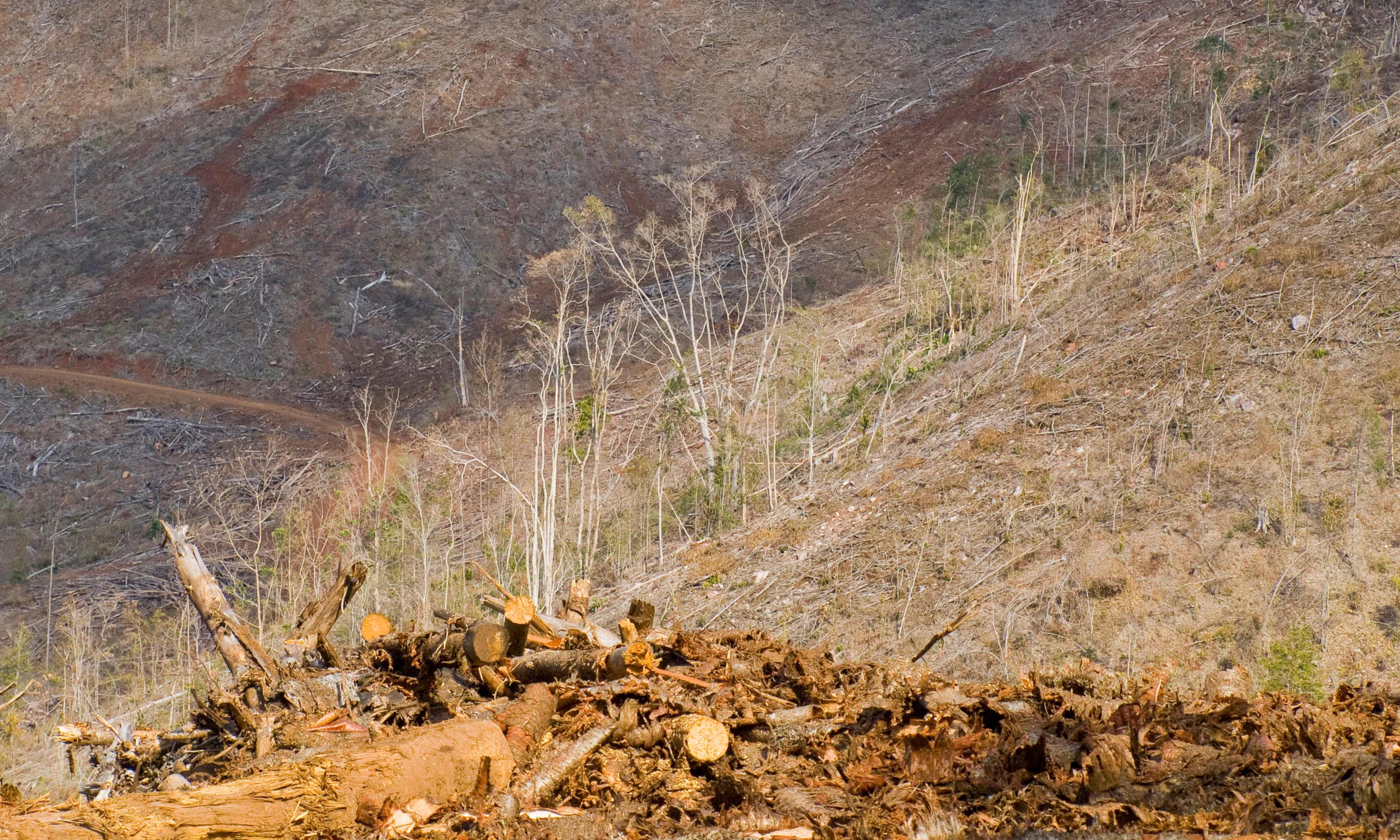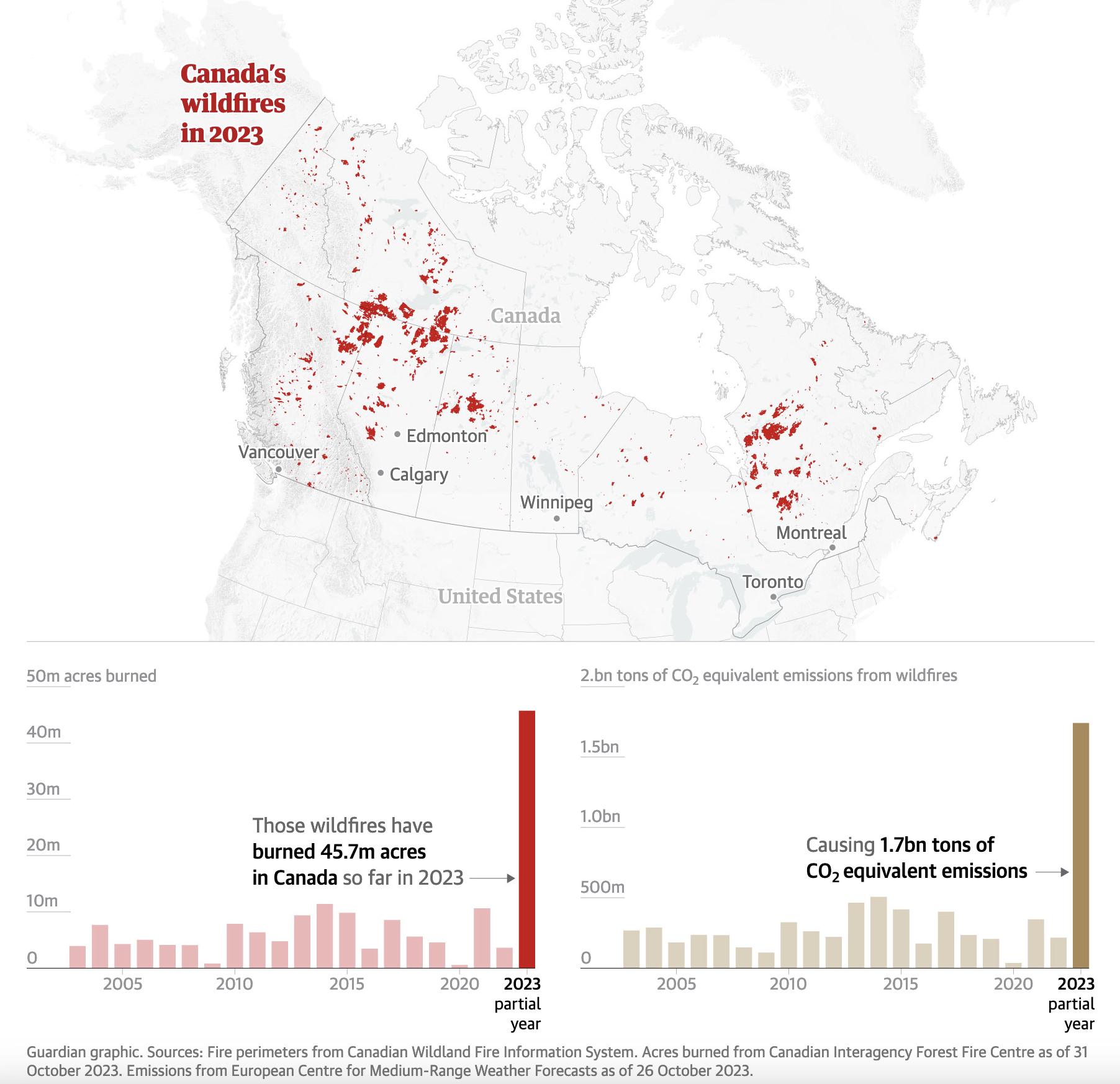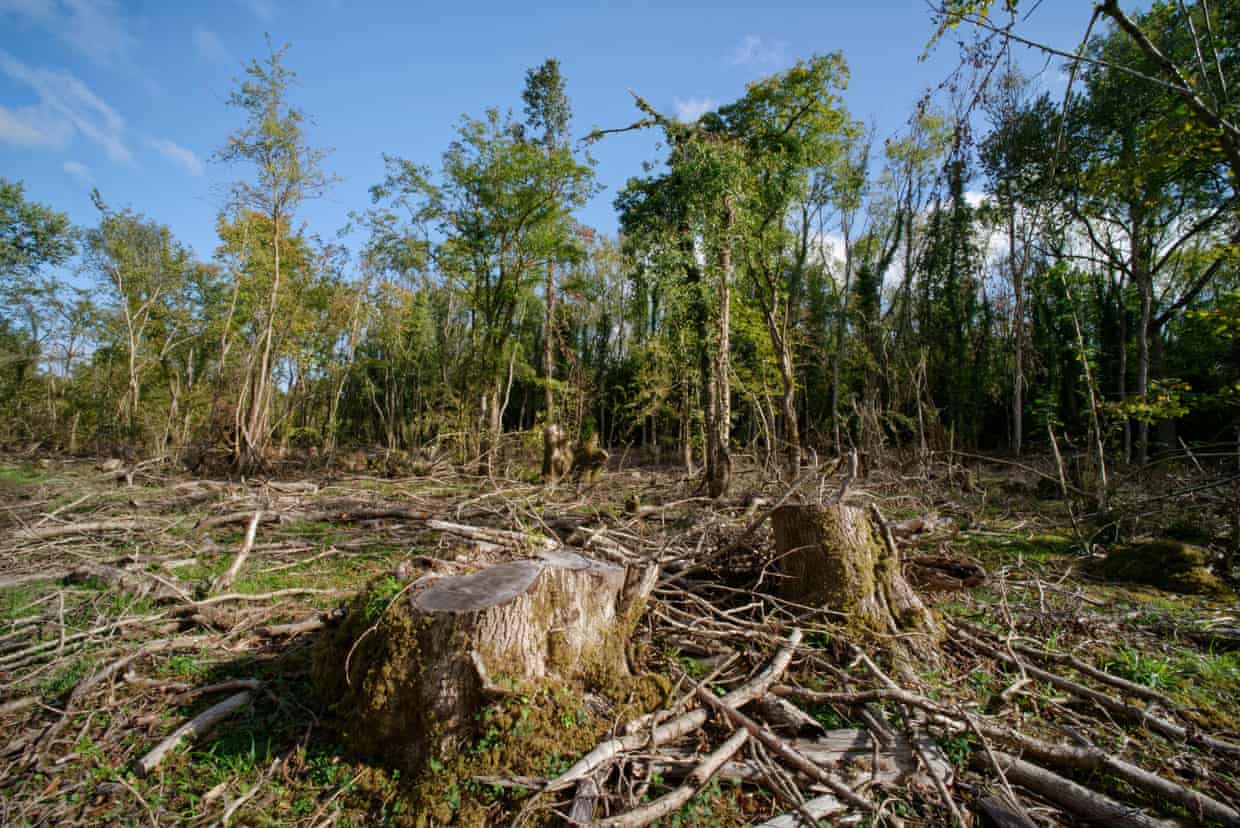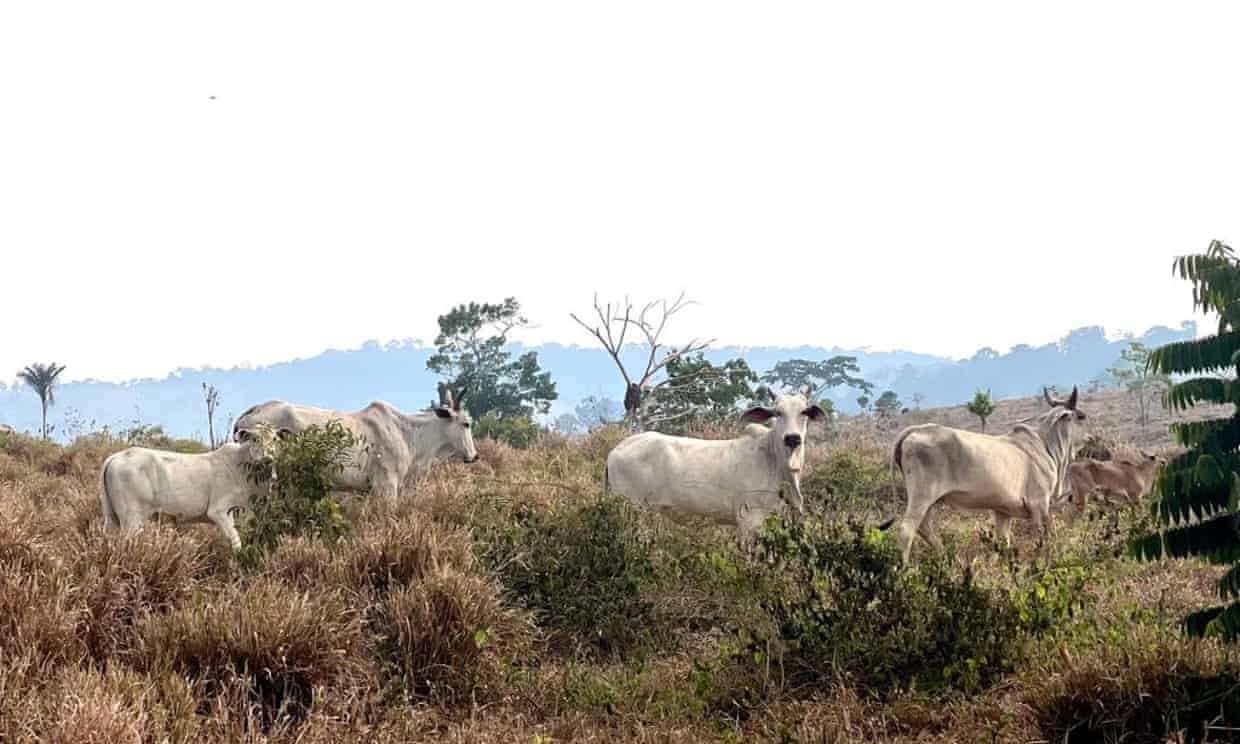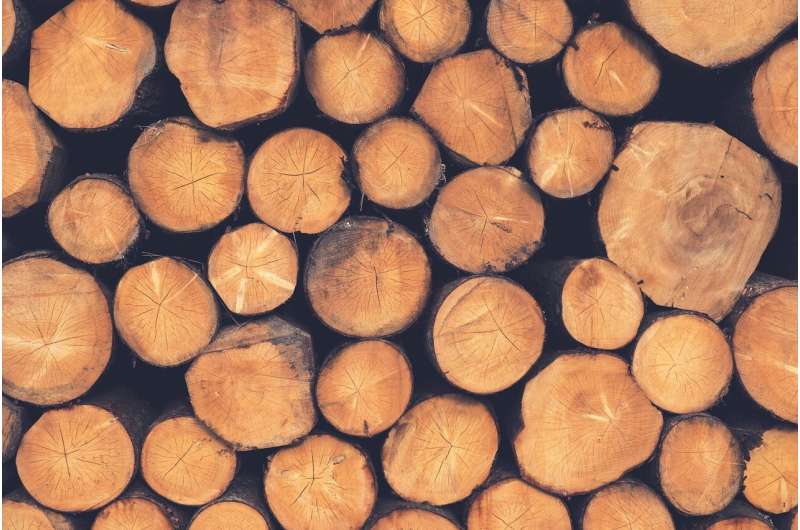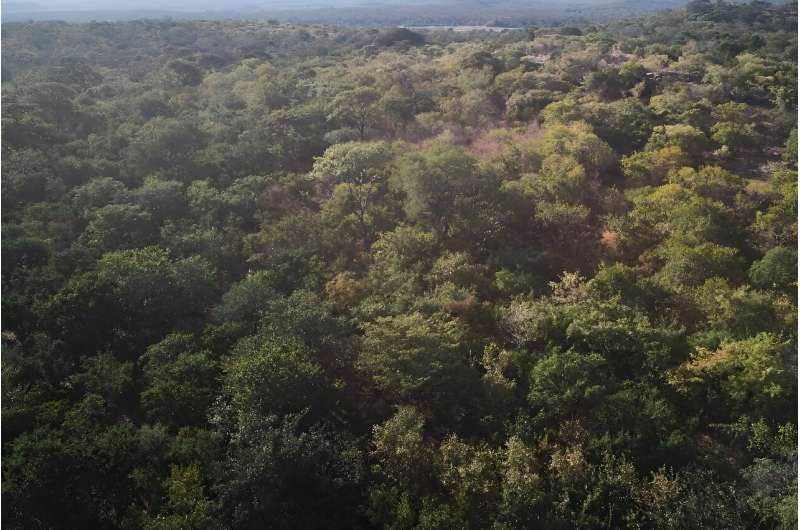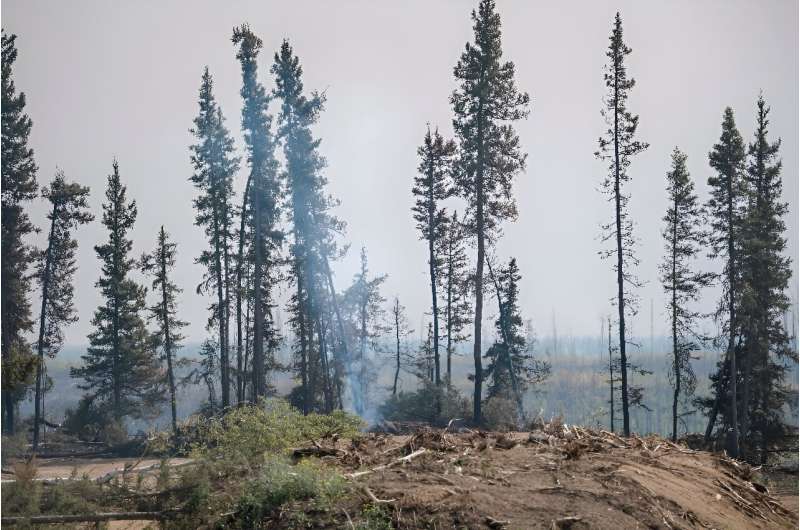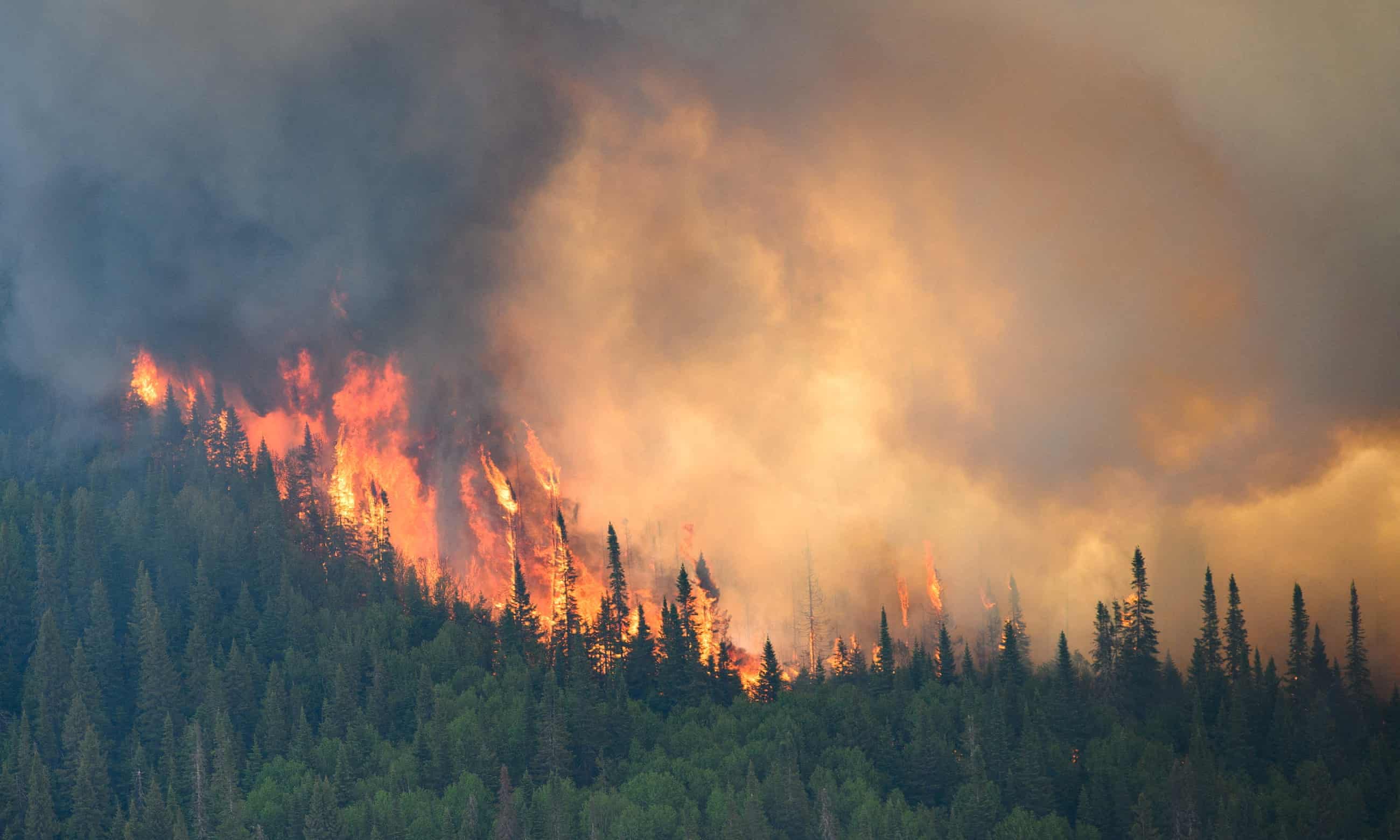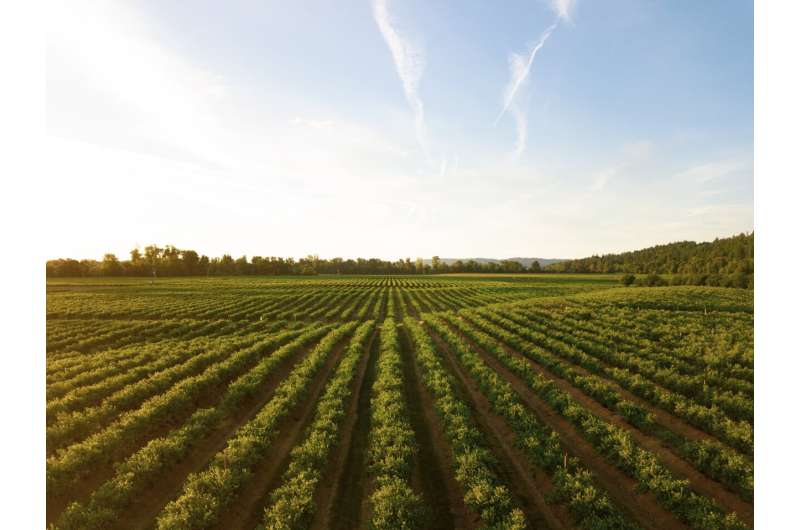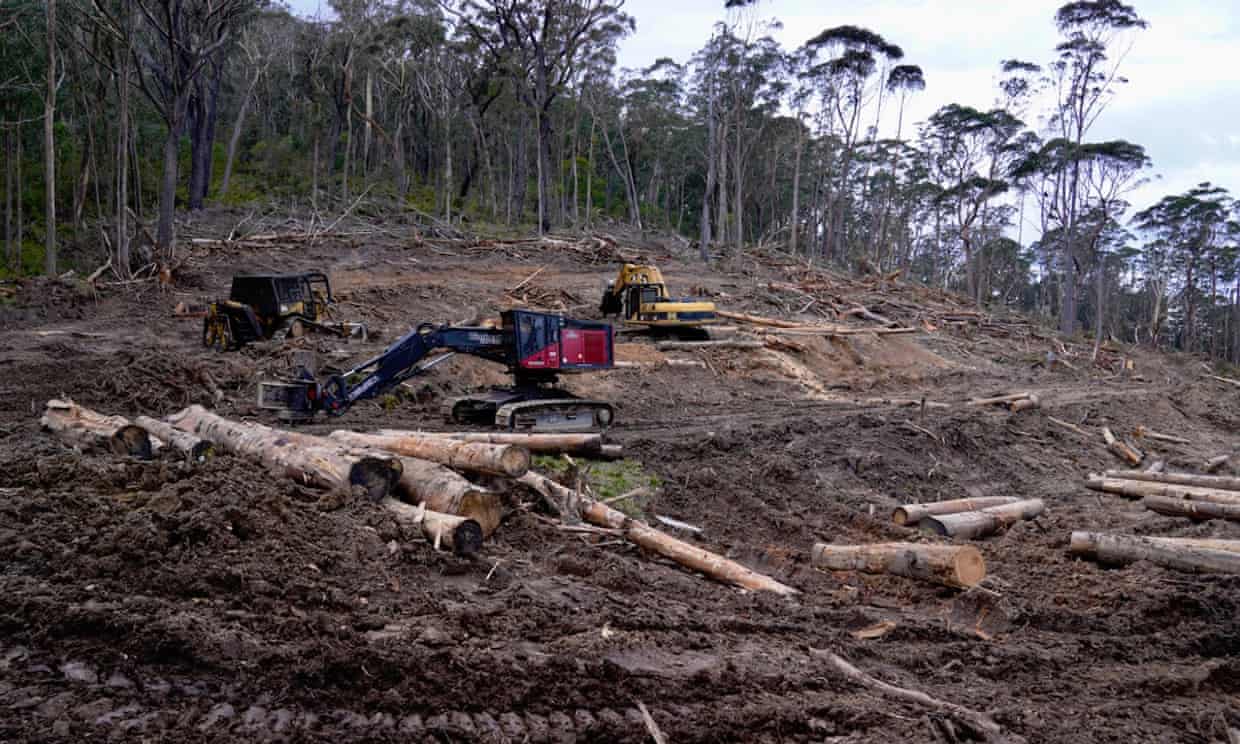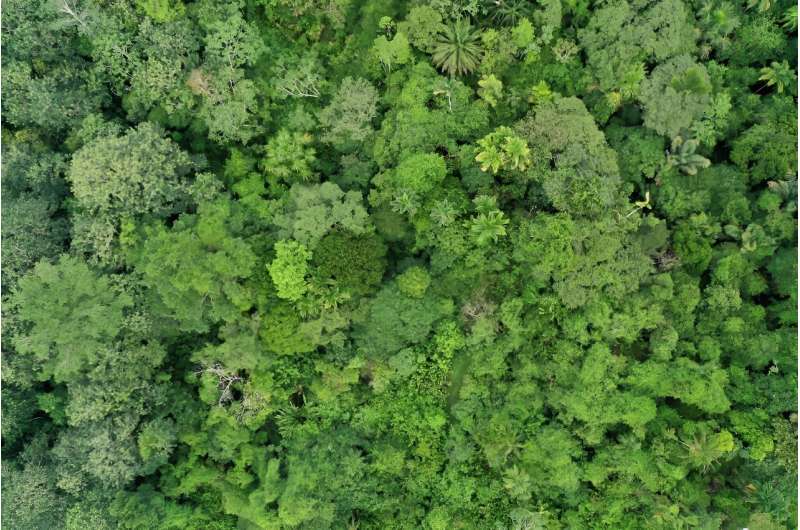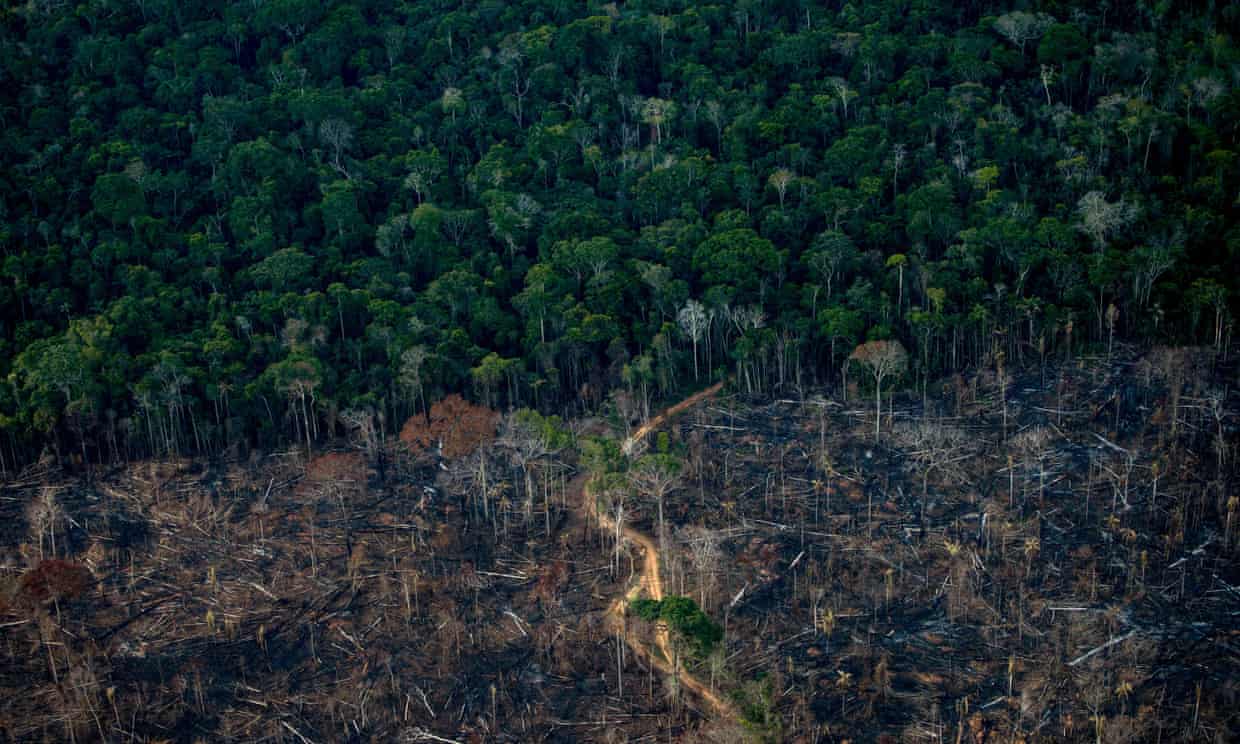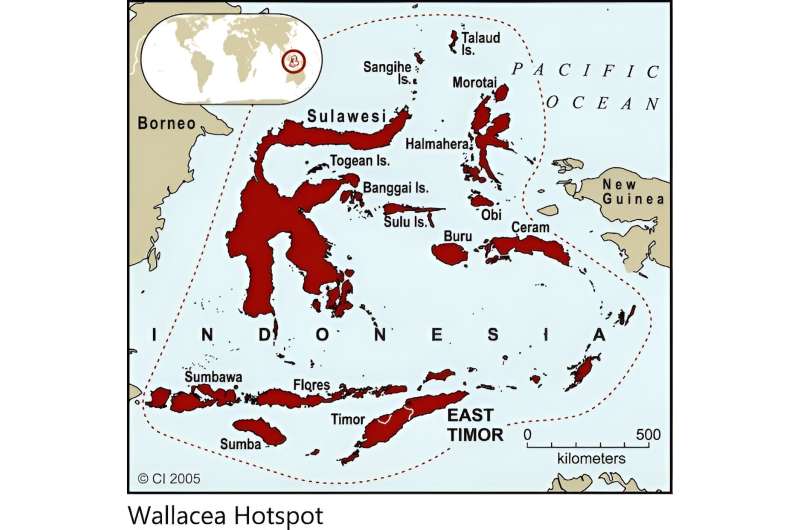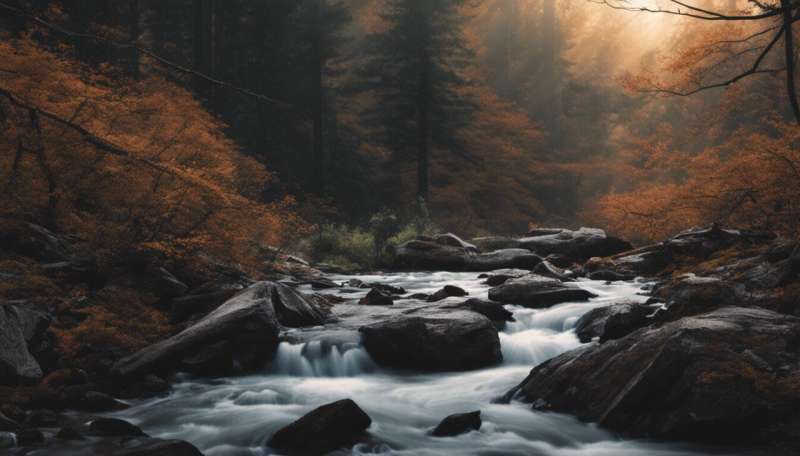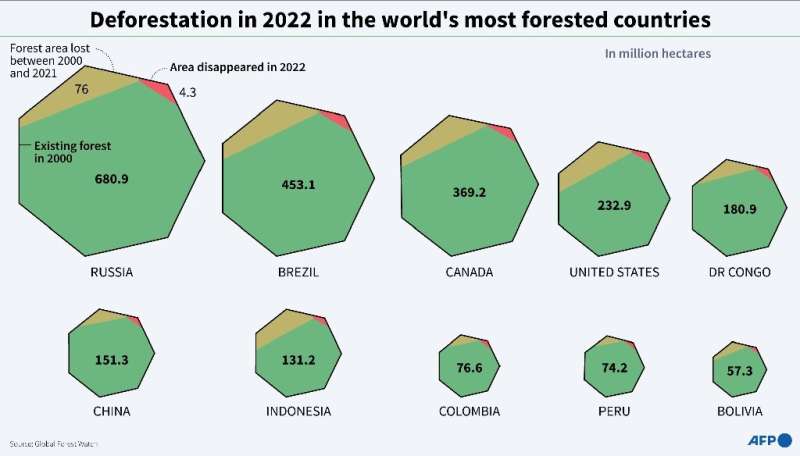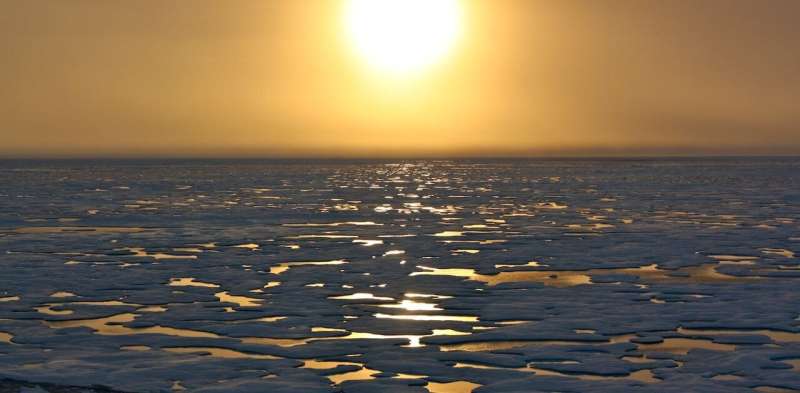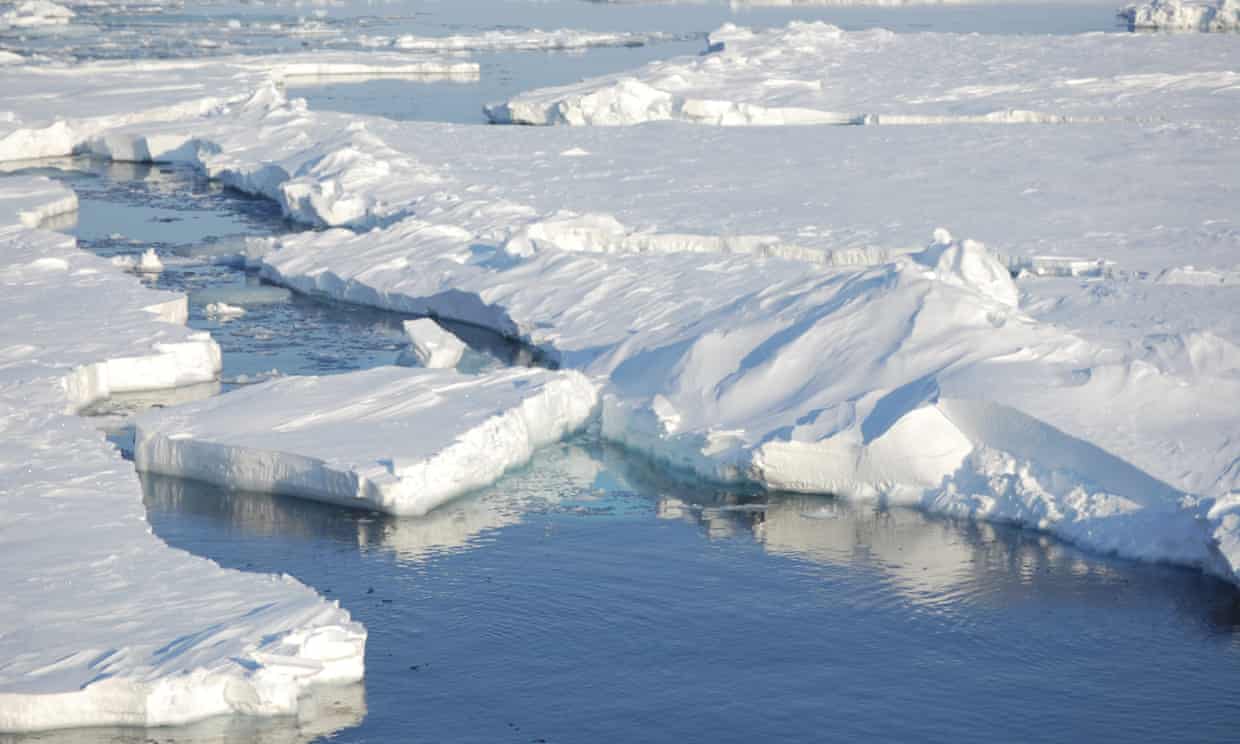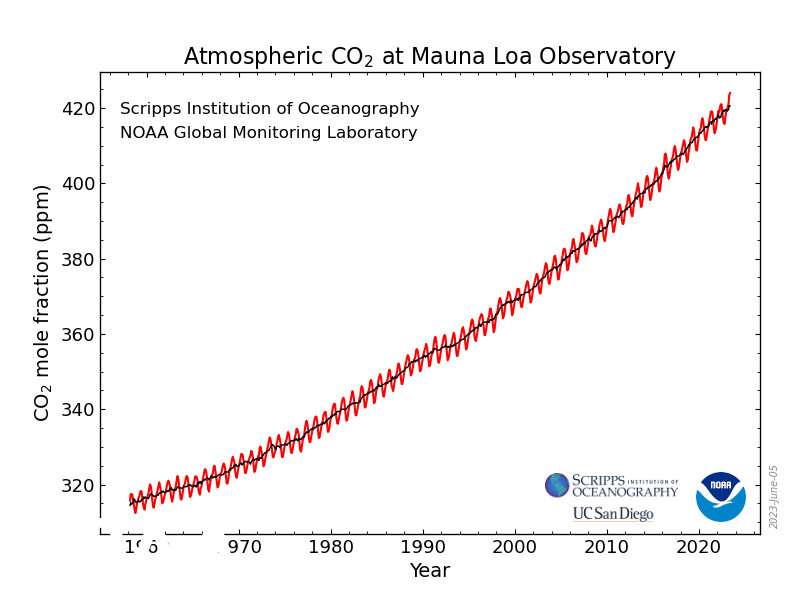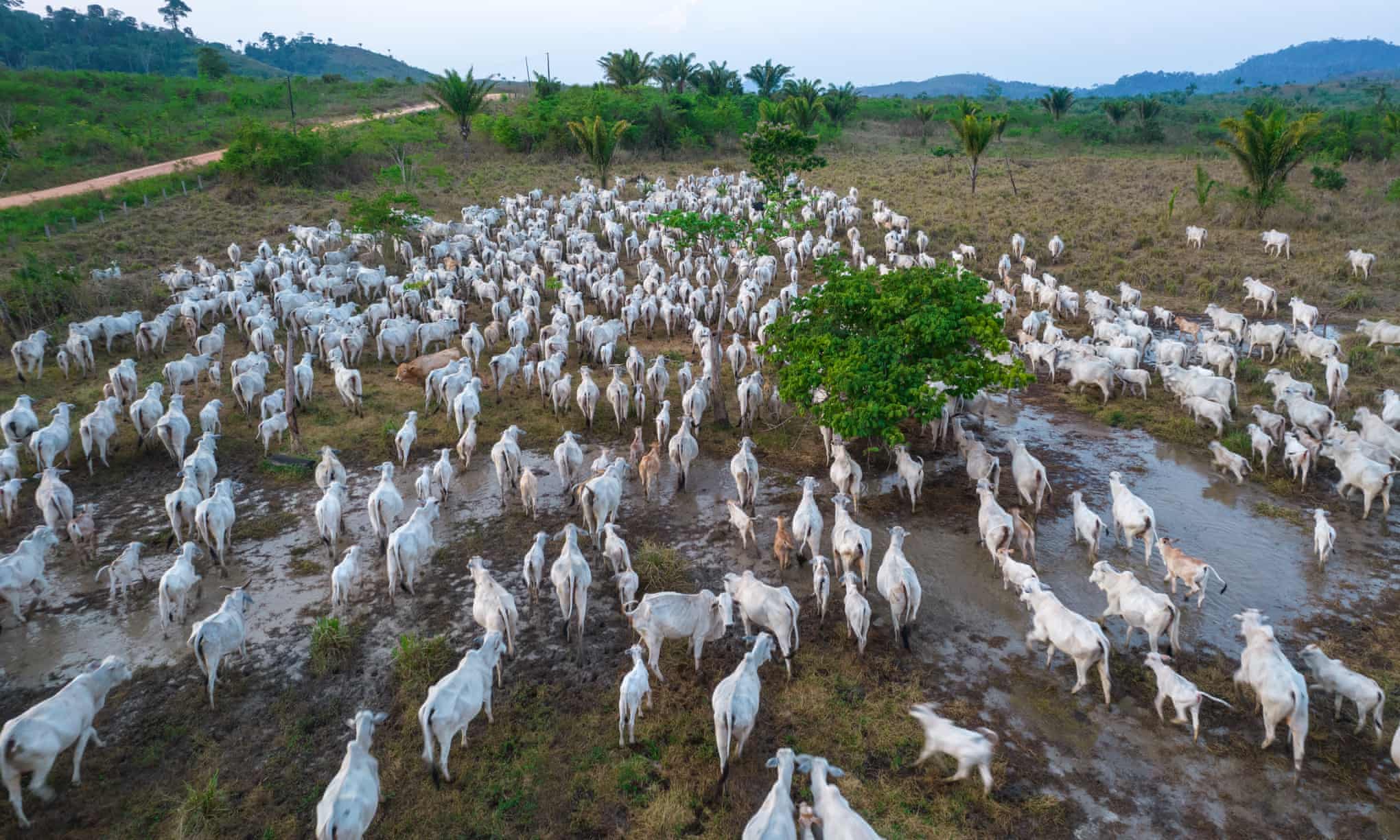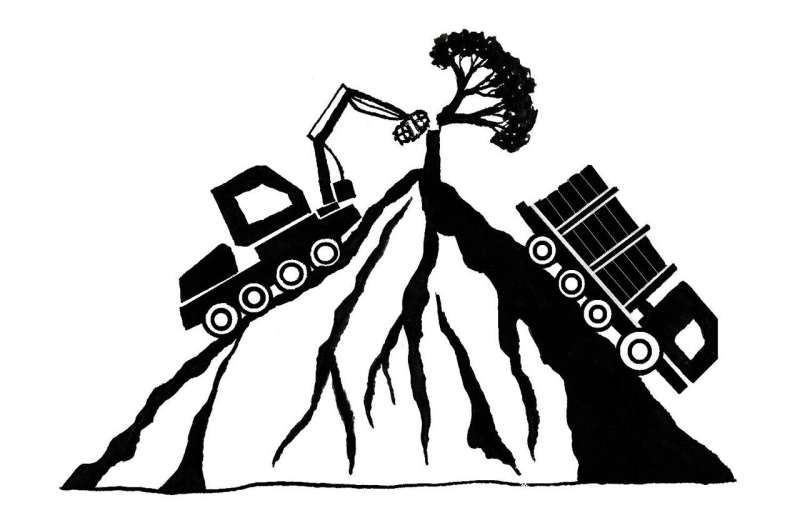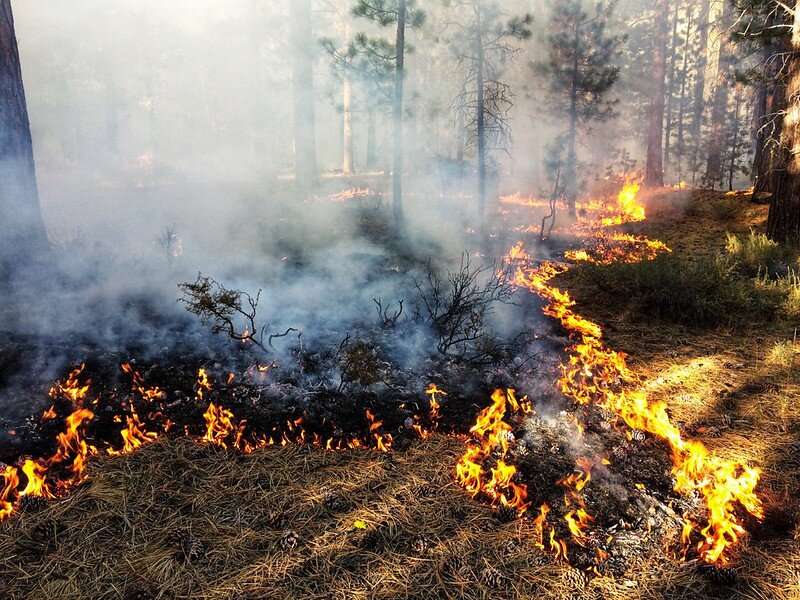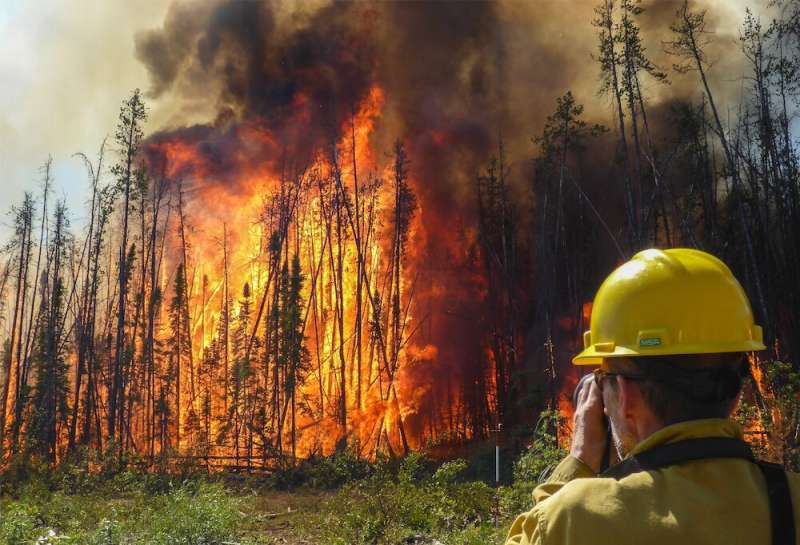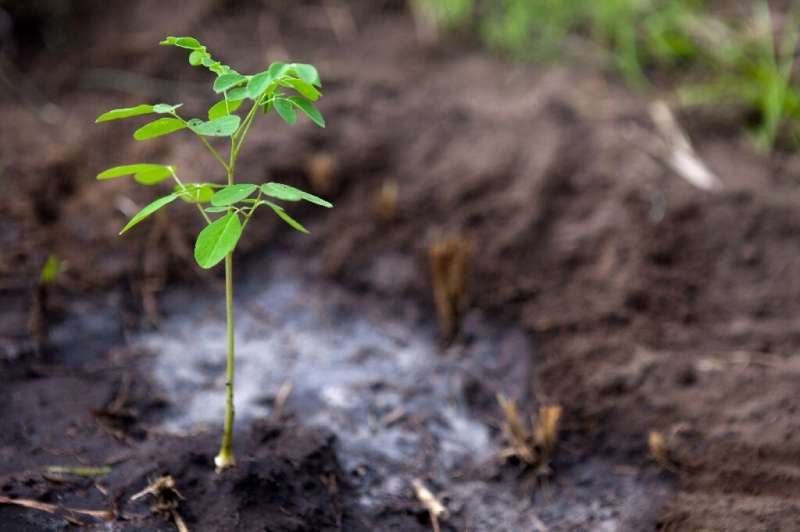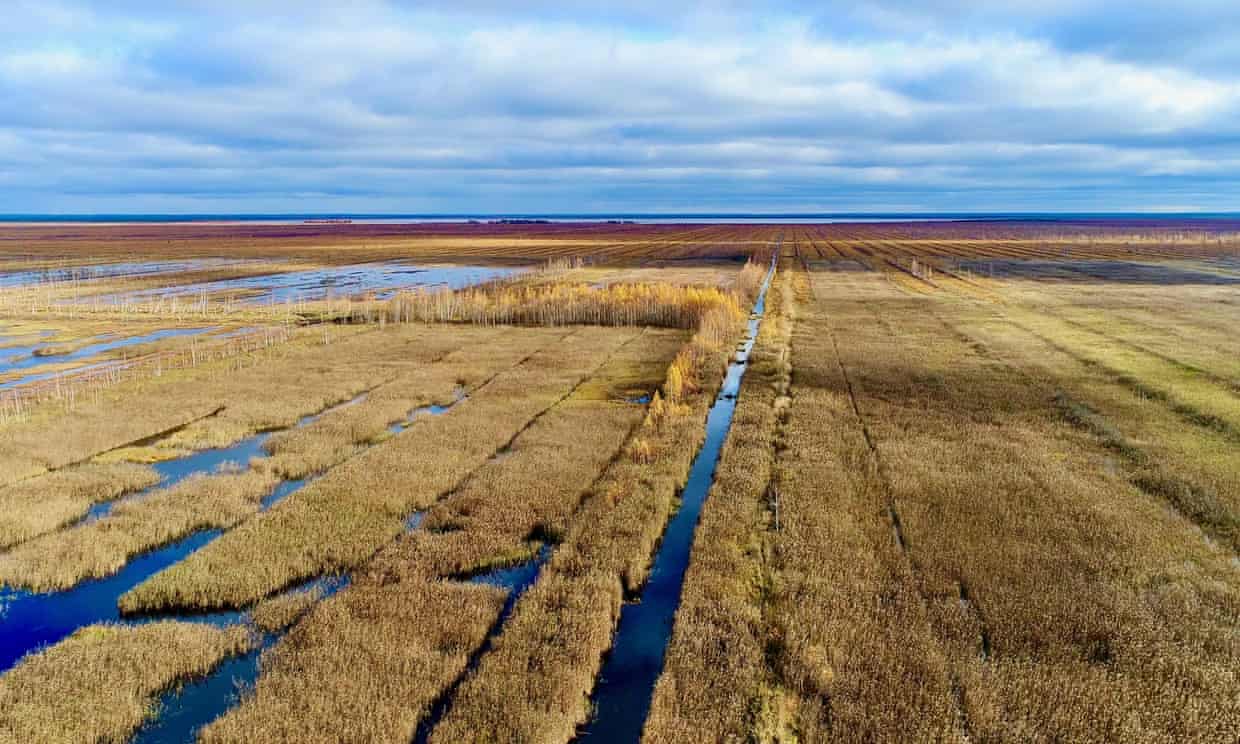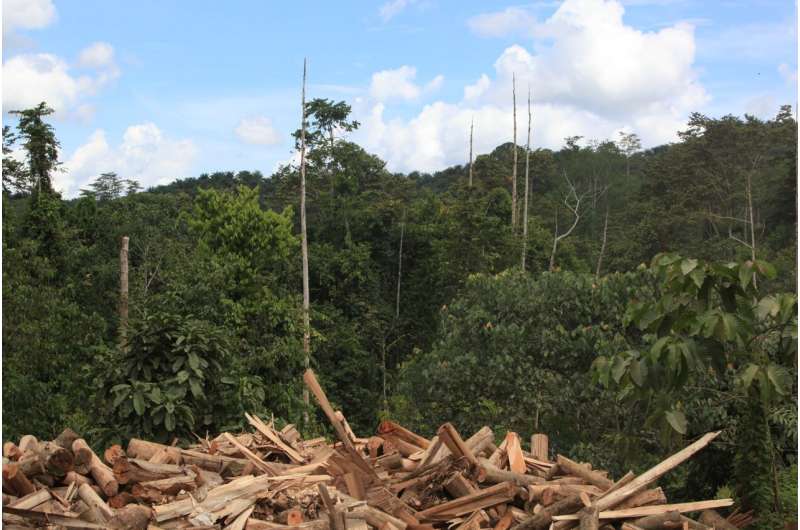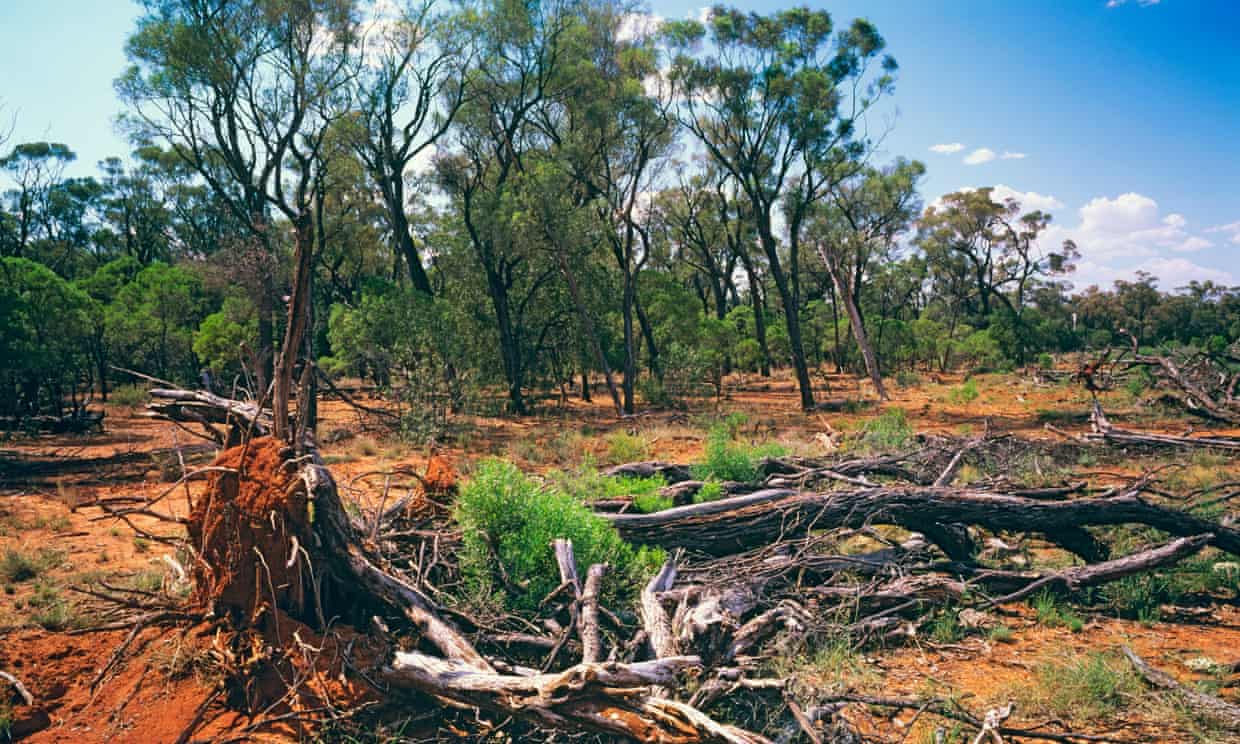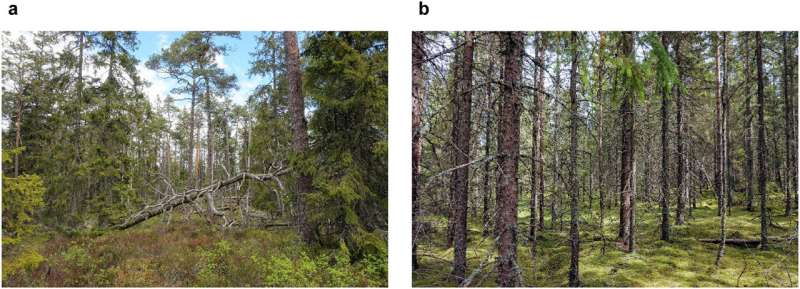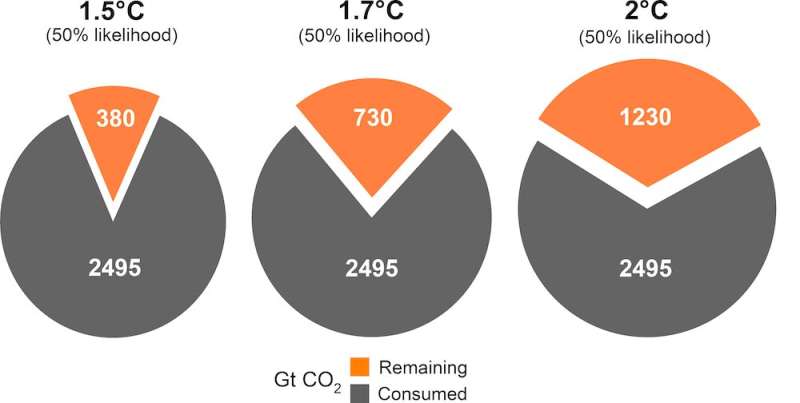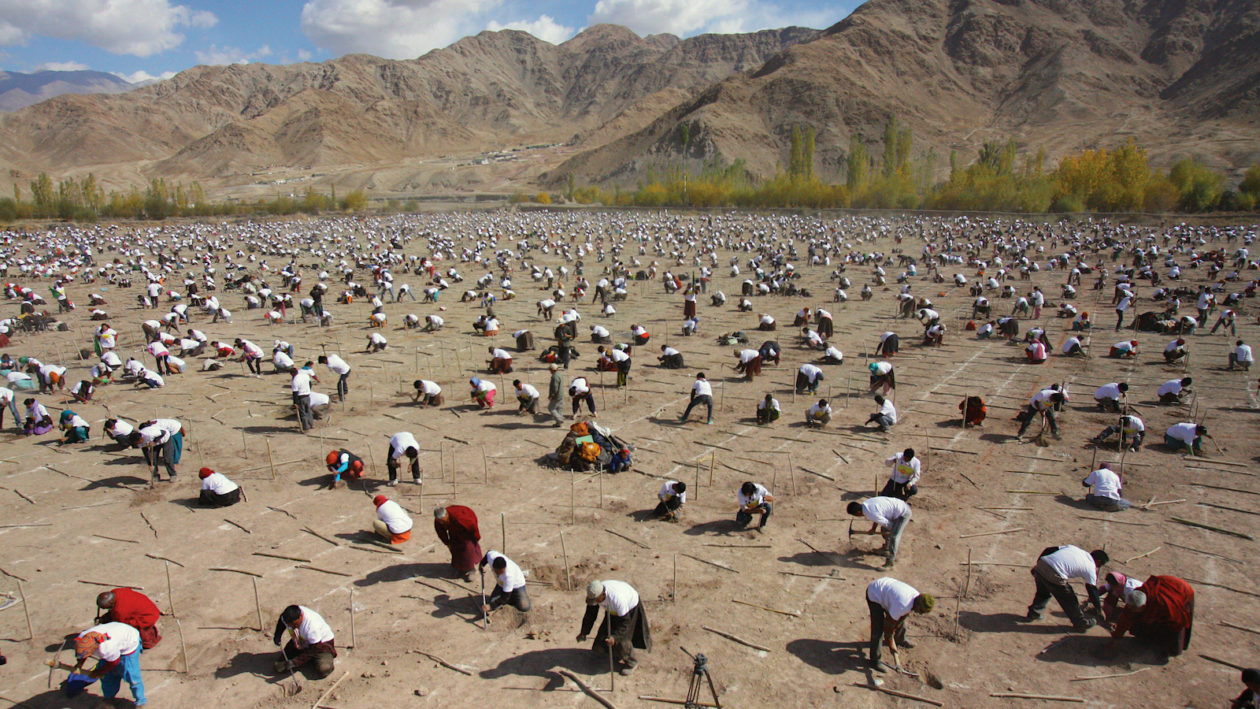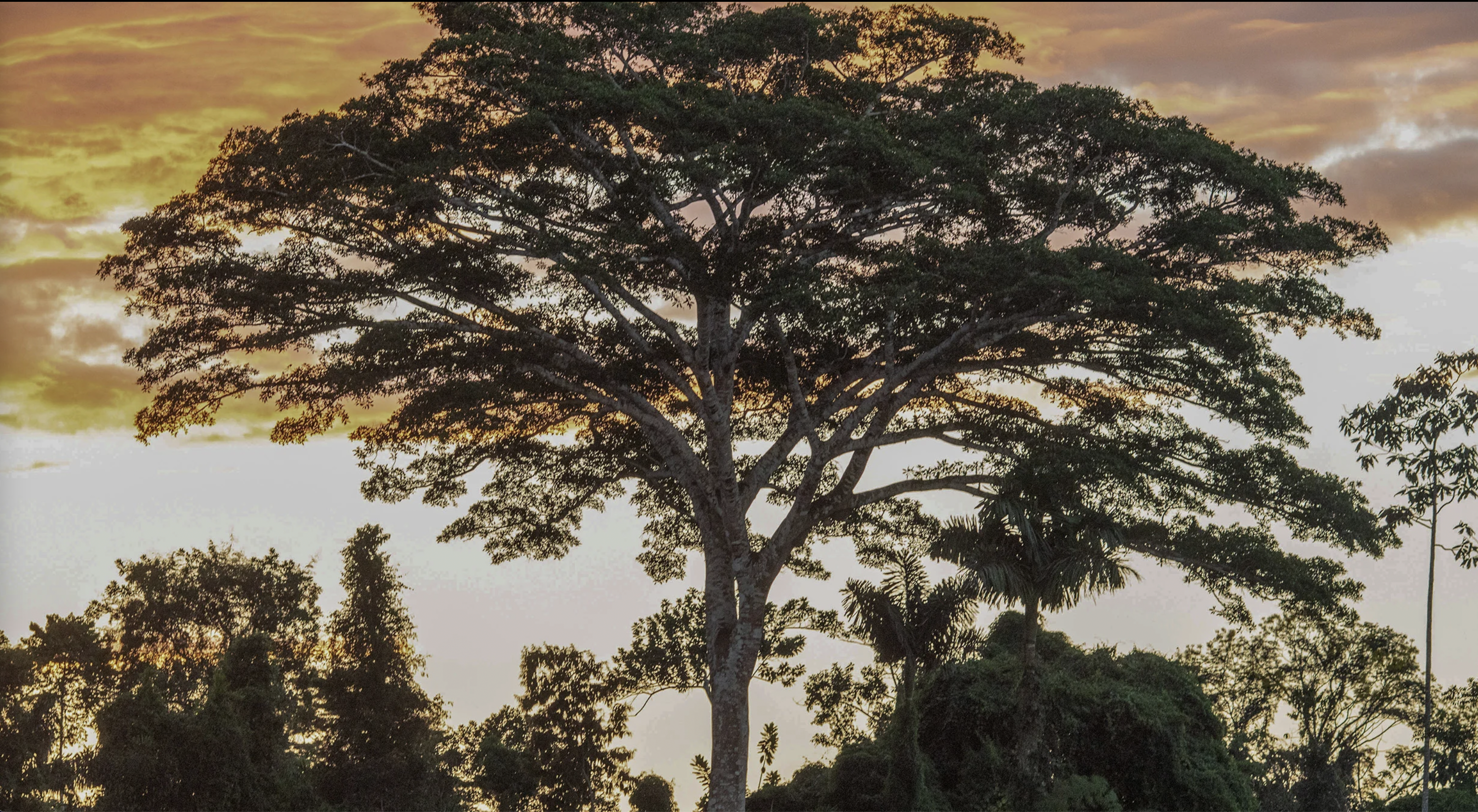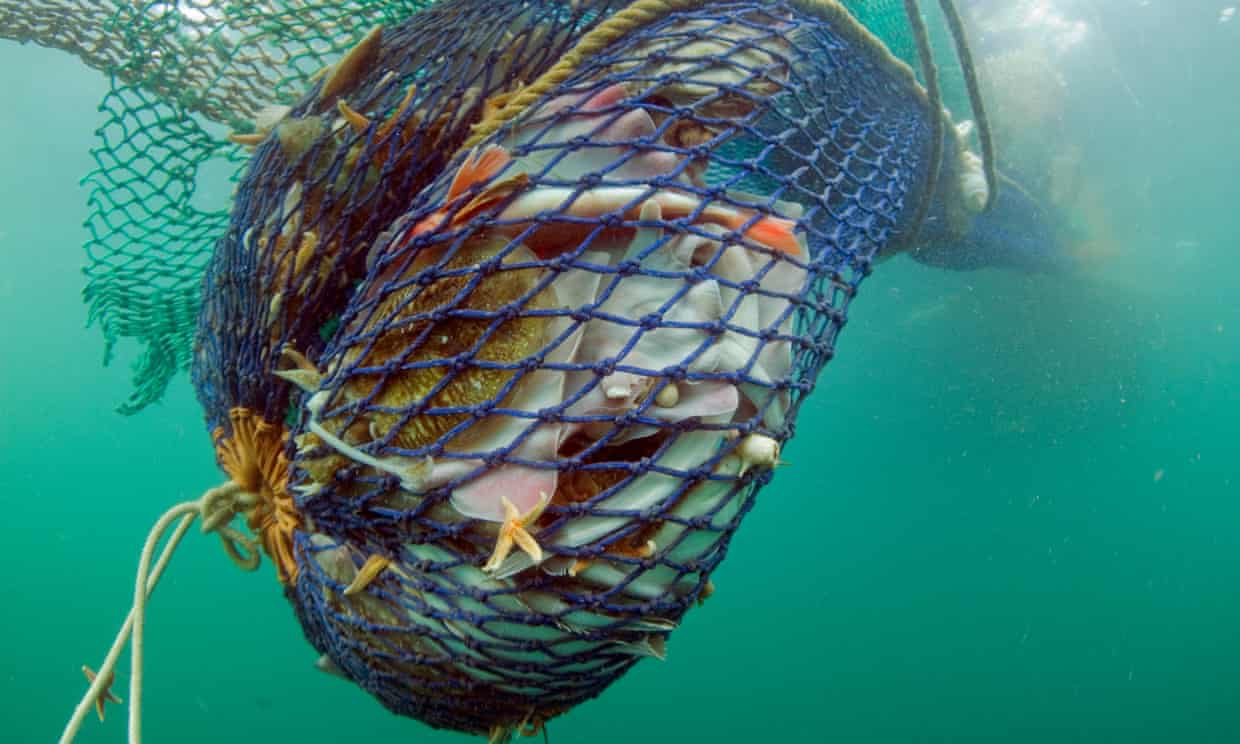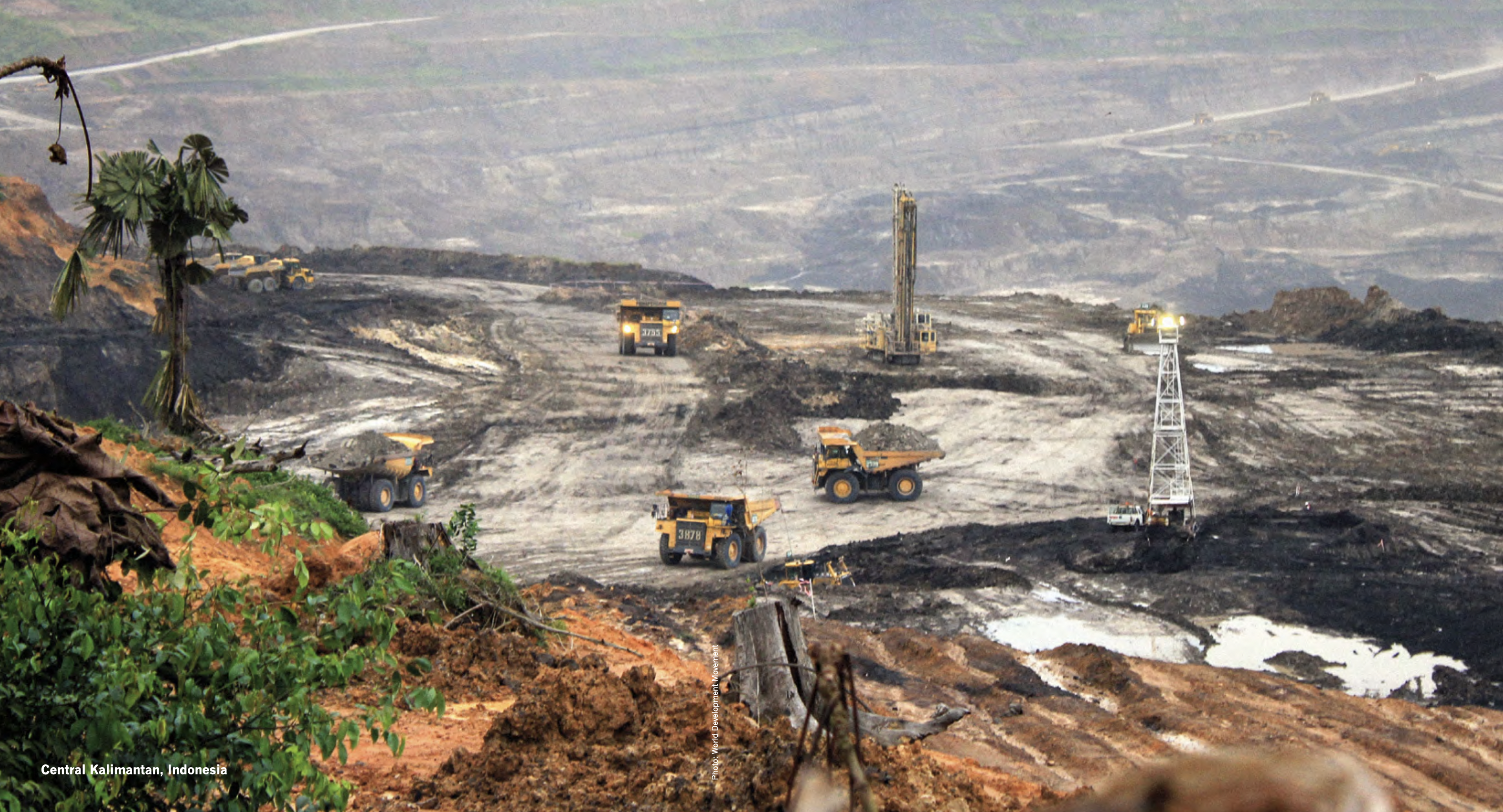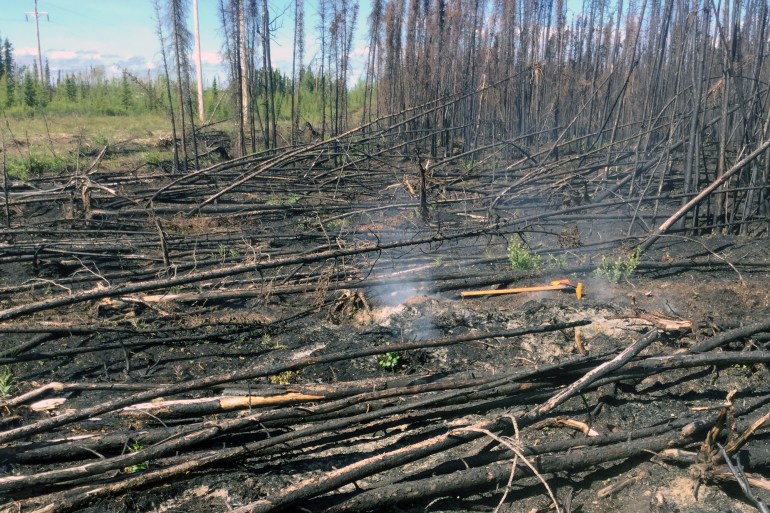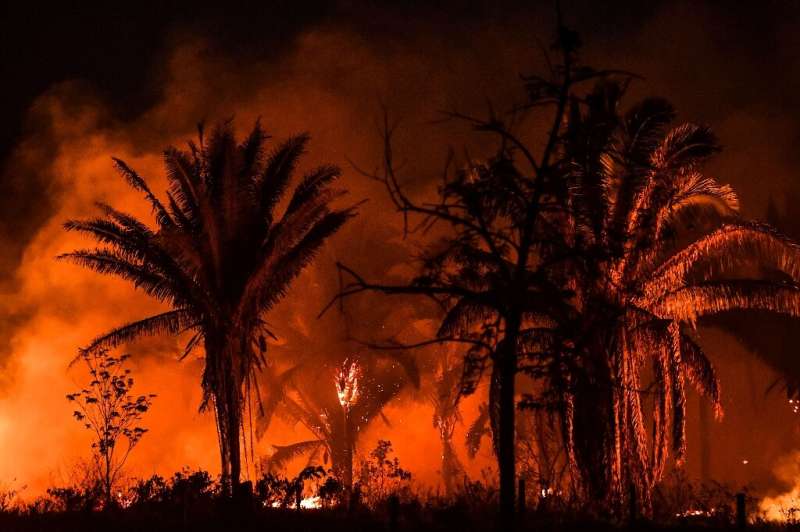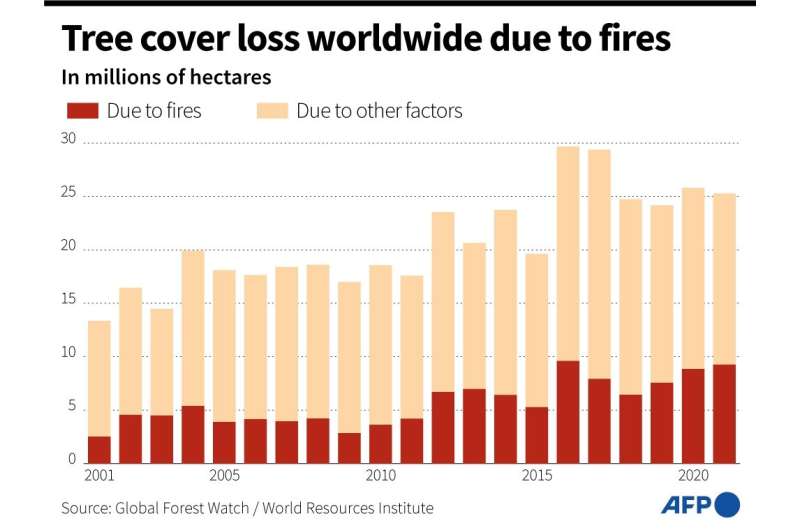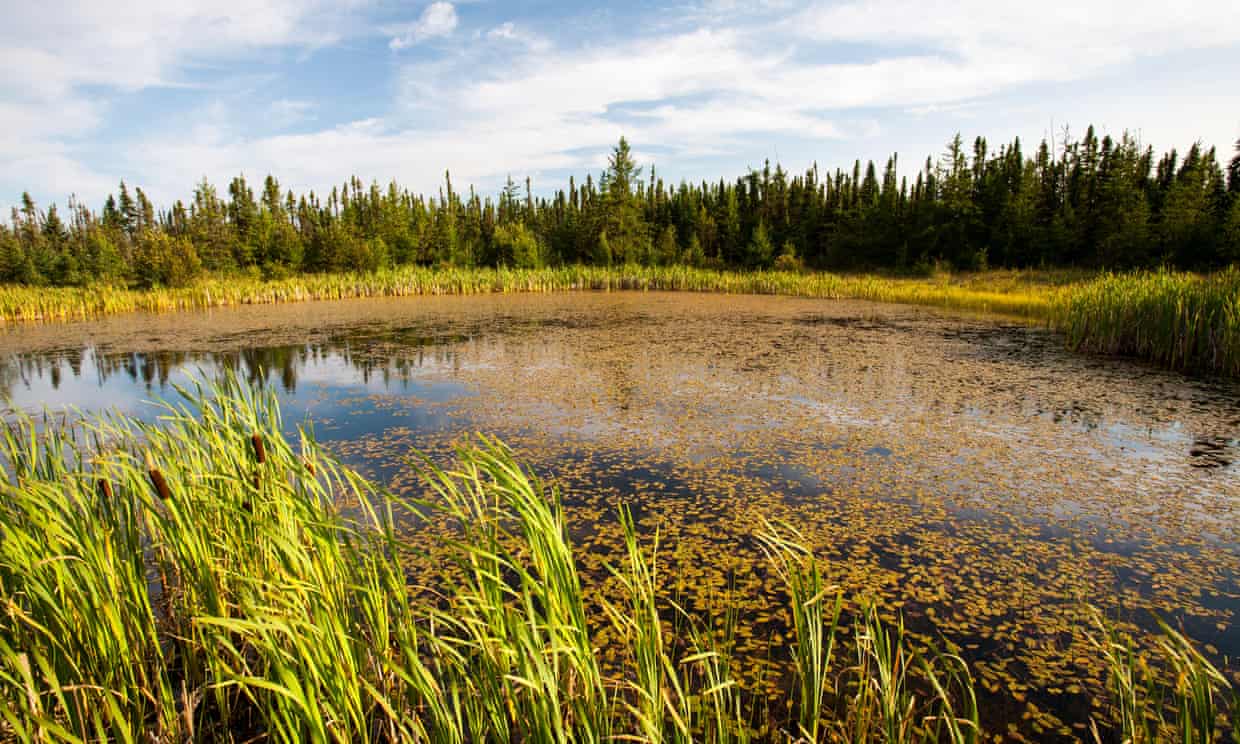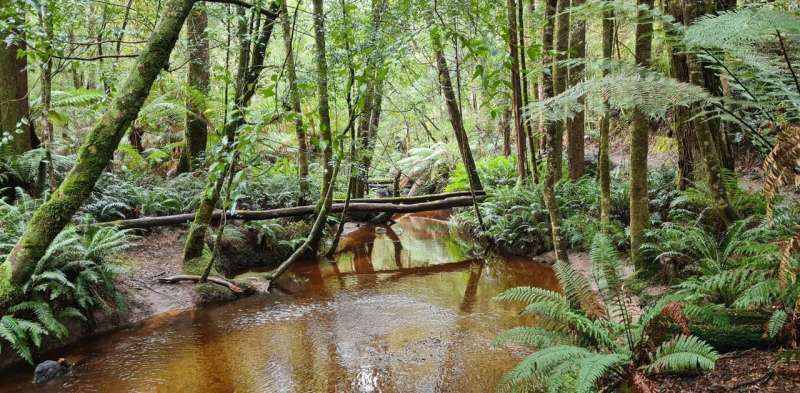The National Oceanic and Atmospheric Administration’s Global Monitoring Laboratory on Monday released data showing the concentration of carbon dioxide in the atmosphere increased by 3.75 parts per million in 2024. That…Continue readingIs the planet losing one of its best ways to slow climate change?
Tag: carbon sink
Papua New Guinea will “immediately” lift a ban on forest carbon credit schemes, the Pacific nation’s climate minister told AFP on Thursday, opening up its vast wilderness to offset global emissions.…Continue readingPapua New Guinea lifts ban on forest carbon credits
By Dan Drollette Jr March 12, 2025. Carlos Afonso Nobre is a Brazilian scientist and meteorologist who is mainly highlighted in global warming-related studies. For roughly 65 million years, the forests…Continue readingCarlos Nobre on tipping points in the Amazon rainforest
The natural process of locking away carbon dioxide (CO2) appears to be in decline—and climate change will accelerate as a result, a University of Strathclyde study warns. Researchers found that the…Continue readingClimate change ‘will accelerate’ owing to decline in natural carbon storage, says study
Edelman, the world’s largest public relations agency, is in talks to work with the Cop30 team organising the UN climate summit in the Amazon later this year despite its prior connections…Continue readingCop30 in talks to hire PR firm that worked for lobby seeking weaker Amazon protections
Wildfire season in Canada has historically spanned from late April to August—with the most damaging of these fires typically burning in June and July. But in recent years, we’ve seen a…Continue readingWildfire season is changing in Canada
Colorado’s forests store a massive amount of carbon, but dying trees—mostly due to insects and disease—have caused the state’s forests to emit more carbon than they absorbed in recent years, according…Continue readingColorado forests are releasing more carbon than they capture each year
Deforestation in Indonesia rose in 2024 for a third year running, a local environmental NGO said Friday based on satellite image analysis and fieldwork. Indonesia has one of the world’s highest…Continue readingIndonesia deforestation rises for third year running
The Indonesian government wants to turn 20 million hectares (49 million acres) of forest into areas for food and energy production and water reserves, Forestry Minister Raja Juli Antoni recently said…Continue readingActivists slam ‘destructive’ Indonesia forest conversion plan
A third of the Arctic’s tundra, forests and wetlands have become a source of carbon emissions, a new study has found, as global heating ends thousands of years of carbon storage…Continue readingA third of the Arctic’s vast carbon sink now a source of emissions
Wildfires in Brazil last year consumed a total area larger than all of Italy, a monitor reported Wednesday, as the country continues to battle blazes often set by farmers and ranchers…Continue readingBrazil saw 79% jump in area burned by fires in 2024
The international team, led by Cardiff University researchers, show how southern migration of the westerly winds and the Antarctic Circumpolar Current (ACC) towards the pole during periods of past global warming…Continue readingPast climate shifts altered Southern Ocean currents and carbon exchange: Study warns it may be happening again
Environmentalists have released what they say are the first maps of nearly 40,000 hectares of protected Tasmanian native forests that the state government plans to open to logging. They suggest significant…Continue readingMaps reveal parts of protected Tasmanian native forest that could be opened to logging
A study proposes a new method for recruiting trillions of microscopic sea creatures called zooplankton in the fight against climate change. The technique harnesses the animals’ ravenous appetites to essentially accelerate…Continue readingClay dust method turns CO₂ into food that zooplankton expel into the deep sea
The Arctic tundra is undergoing a dramatic transformation, driven by frequent wildfires that are turning it into a net source of carbon dioxide emissions after millennia of acting as a carbon…Continue readingArctic tundra is now emitting more carbon than it absorbs
Land degradation is expanding worldwide at the rate of 1m sq km every year, undermining efforts to stabilise the climate, protect nature and ensure sustainable food supplies, a study has highlighted.…Continue readingLand degradation expanding by 1m sq km a year, study shows
For a while, it looked like Zambia had achieved a status that almost any nation would envy. Drawing hydropower from the massive Zambezi River and its tributaries, the country could meet…Continue readingWhy hydropower is failing this nation — and could fail others
Relying on natural carbon sinks such as forests and oceans to offset continued fossil fuel emissions will not stop global heating, the scientists who developed net zero have warned. Each year,…Continue readingCountries could use nature to ‘cheat’ on net zero targets, scientists warn
Global carbon emissions from fossil fuels have reached a record high in 2024, according to new research by the Global Carbon Project science team. The 2024 Global Carbon Budget projects fossil…Continue readingFossil fuel CO₂ emissions increase again in 2024
A major new study reveals that carbon dioxide (CO2) emissions from forest fires have surged by 60% globally since 2001, and almost tripled in some of the most climate-sensitive northern boreal…Continue readingGlobal CO₂ emissions from forest fires have increased by 60% since 2001
The boreal forests here in the Sami homeland take so long to grow that even small, stunted trees are often hundreds of years old. It is part of the Taiga –…Continue readingWhat happens to the world if forests stop absorbing carbon? Ask Finland
It begins each day at nightfall. As the light disappears, billions of zooplankton, crustaceans and other marine organisms rise to the ocean surface to feed on microscopic algae, returning to the…Continue readingTrees and land absorbed almost no CO₂ last year. Is nature’s carbon sink failing?
One of the largest types of carbon offset projects the Australian government is using to meet climate change targets and reduce carbon in the atmosphere is failing to do so, new…Continue reading‘Widespread noncompliance and poor performance’ in world’s largest nature-based carbon removal projects
Wildfires are burning through the carbon budget that humans have allocated themselves to limit global heating, a study shows. The authors said this accelerating trend was approaching – and may have…Continue readingWildfires are burning through humanity’s carbon budget
Under a federal government scheme, people and businesses can undertake projects that reduce greenhouse gas emissions or store carbon, in exchange for financial rewards known as carbon credits. The government has…Continue readingIndustry push to earn carbon credits from Australia’s native forests would be a blow for nature and the climate
A world where global mean surface temperature has increased 3°C will be characterized by widespread and intense heat stress, extreme weather events, ruptured and unproductive marine and terrestrial ecosystems, broken food…Continue readingEarth at risk: An urgent call to end the age of destruction and forge a just & sustainable future
In announcing Australia’s support for fossil gas all the way to 2050 and beyond, Prime Minister Anthony Albanese has pushed his government’s commitment to net zero even further out of reach.…Continue readingSleight of hand: Australia’s Net Zero target is being lost in accounting tricks, offsets and more gas
Deforestation in Brazil’s Cerrado region, a vast tropical savanna renowned for its rich biodiversity, increased sharply in 2023 and overtook that of the Amazon, according to a report published Tuesday. In…Continue readingDeforestation in Brazil’s Cerrado higher than in Amazon: Report
The seeds of New Zealand’s recent forestry boom were planted in 2019, when the country’s emissions trading scheme required companies to use only domestic measures to compensate for CO2. In practice,…Continue readingMillions more trees isn’t the climate fix New Zealand thought
Rangelands cover 80 million square kilometers—more than half the land surface of earth. Mostly natural grasslands used by livestock and wild animals to graze, they also include scrubland, mountain plateaus, deserts…Continue readingDemise of rangelands ‘severely underestimated’: Report
Mubadala Capital, a fully owned asset management arm of UAE’s sovereign wealth fund Mubadala Investment, is reportedly planning to invest approximately $13.5bn in a biofuels project in Brazil over the next…Continue readingUAE’s Mubadala Capital likely to invest $13.5bn in biofuels project in Brazil
Microsoft is doubling down on a controversial plan to capture carbon dioxide emissions from wood-burning power plants. It announced a contract with energy company Stockholm Exergi to capture 3.33 million metric…Continue readingMicrosoft ramps up plans to capture carbon from burning wood
A new study presents the first large-scale analysis of fire patterns in West and Central Africa’s wet, tropical forests. The number of active fires there typically doubled over 18 years, particularly…Continue readingWildfires in wet African forests have doubled in recent decades, large-scale analysis finds
Trees more than a century old are barely alive. Some of these giant jarrahs might survive, but some won’t. It’s a scene that’s being replicated in forests and coastal shrublands spanning…Continue readingWestern Australia’s eucalypt forests fade to brown as century-old giant jarrahs die in heat and drought
The destruction of the world’s most pristine rainforests continued at a relentless rate in 2023, despite dramatic falls in forest loss in the Brazilian and Colombian Amazon, new figures show. An…Continue readingGlobal rainforest loss continues at rate of 10 football pitches a minute
On 18 March, 2022, scientists at the Concordia research station on the east Antarctic plateau documented a remarkable event. They recorded the largest jump in temperature ever measured at a meteorological…Continue reading‘Simply mind-boggling’: world record temperature jump in Antarctic raises fears of catastrophe
Australia’s main carbon offsets method is a failure on a global scale and doing little if anything to help address the climate crisis. Research by 11 academics found the most popular…Continue readingAustralia’s carbon credits system a failure on global scale
Dozens of koalas have been killed or injured and left for dead during logging of blue gum plantations in South Australia, according to former employees of the harvesting company and a…Continue readingDozens of koalas allegedly killed or injured during plantation logging on Kangaroo Island
More than 2 million hectares (4.94 million acres) of bushland in Queensland that included large swathes of possible koala habitat has been cleared over a five-year period, new analysis shows. The…Continue readingLand clearing: 2 million hectares of Queensland forest destroyed in 5 years
The EPA told stakeholders it was ditching specific search requirements for glider den trees, which must currently be retained with a 50-metre logging exclusion zone around each one. Instead, Forestry Corporation…Continue readingGreater glider put on path to extinction by NSW environmental watchdog
Fire ravaged Canada in 2023 like no other year, by a stupendous margin. A record 45.7m acres (18.5m hectares) went up in flames, an area about twice the size of Portugal,…Continue readingAfter a record year of wildfires, will Canada ever be the same again?
UK forests are heading for “catastrophic ecosystem collapse” within the next 50 years due to multiple threats including disease, extreme weather and wildfires, researchers have warned, with trees dying on a…Continue readingUK forests face catastrophic ecosystem collapse within 50 years
October, November and December are usually a period of transition. By now, the dry season would normally have peaked, and rivers and aquifers would start to replenish. But the rains refuse…Continue reading‘Everything is parched’: Amazon struggles with drought amid deforestation
Global destruction of forests increased by 4% last year, compared to 2021, according to a new report. A total of 6.6 million hectares of forests were lost in 2022—an area more…Continue readingDestruction of forests gathered pace in 2022, despite global promises
US carmaker Ford, Brazil’s Vale, China’s Tsingshan and Hong Kong’s Jardine Matheson are invested in Indonesian nickel projects responsible for the clearance of large swaths of some of the world’s most…Continue readingNickel miners linked to devastation of Indonesian forests
Bill Gates is emphatic: “I don’t plant trees,” he declared recently, wading into a debate about whether mass tree planting is really much use in fighting climate change. The billionaire philanthropist…Continue readingIs planting trees to combat climate change ‘complete nonsense’?
When scientists started pouring over data to assess Canada’s fire season this year, they struggled to find the right superlatives. “Never before seen,” was thrown around, as was “exceptional in scale,…Continue readingCanada left battered by ‘never before seen’ wildfire season
The vast swaths of pine, spruce and larch forest that blanket much of Canada have been prized for generations. Not only do they provide a home to hundreds of species –…Continue readingWildfires turn Canada’s vast forests from carbon sink into super-emitter
Meeting the climate goals means we should not only significantly reduce greenhouse gas emissions but also sequester more CO2 in the soil. Research has taught us how to store CO2 in…Continue readingExperts question whether carbon dioxide storage in farming soils helps the climate
A prominent sheikh in the oil-rich Gulf state hosting this year’s UN climate negotiations, COP28, is heading a new rush to capture and sell carbon credits by managing tens of millions…Continue readingIn New Scramble for Africa, an Arab Sheikh Is Taking the Lead
Conservation groups have accused a New South Wales agency of logging one of the last known strongholds of the greater glider, an endangered marsupial species, and urged the state government to…Continue readingHome of endangered marsupial hit by state-sanctioned logging in New South Wales
The “crazy” extreme weather rampaging around the globe in 2023 will become the norm within a decade without dramatic climate action, the world’s leading climate scientists have said. The heatwaves, wildfires…Continue readingDramatic climate action needed to curtail ‘crazy’ extreme weather
Global warming is driving leafy tropical canopies close to temperatures where they can no longer transform sunlight and CO2 into energy, threatening total collapse. A tiny percentage of upper canopy leaves…Continue readingTropical forests nearing critical temperatures thresholds
Many credits in the voluntary market going unused, with study finding some offsetting could make global heating worse Carbon credit speculators could lose billions as scientific evidence shows many offsets they…Continue readingCarbon credit speculators could lose billions as offsets deemed ‘worthless’
Wallacea is a fascinating region of both land and sea. Spanning approximately 338,000 square kilometers within Indonesia, it is home to a rich diversity of animals and plants, with hybrid species…Continue readingWallacea: A living laboratory of Earth’s evolution. Its wildlife, forests and reefs will be devastated if we don’t act
Britain’s rivers are under the spotlight because of an untreated sewage crisis, and the pendulum of floods and droughts that are the hallmark of a warming world. But hidden within these…Continue readingOpinion: We have forgotten what a ‘natural’ river even looks like
Rob Blakers says he was ‘surprised then furious’ that trees in foraging and feeding habitat for birds, whose numbers are down to just 750, were being destroyed.Continue readingWildlife photographer arrested in Tasmanian forest where swift parrot habitat is being logged
Earth lost an area of carbon-absorbing rainforest larger than Switzerland or the Netherlands in 2022, most of it destroyed to make way for cattle and commodity crops. That is nearly a…Continue readingFootball pitch of tropical forest lost every 5 seconds
The slow-down of the Southern Ocean circulation, a dramatic drop in the extent of sea ice and unprecedented heatwaves are all raising concerns that Antarctica may be approaching tipping points. The…Continue readingAntarctic tipping points: The irreversible changes to come if we fail to keep warming below 2˚C
The Arctic Ocean could be ice-free in summer by the 2030s, even if we do a good job of reducing emissions between now and then. That’s the worrying conclusion of a…Continue readingArctic Ocean could be ice-free in summer by 2030s, with global, damaging and dangerous consequences
It is now too late to save summer Arctic sea ice. The study also shows that if emissions decline slowly or continue to rise, the first ice-free summer could be in…Continue readingToo late now to save Arctic summer ice, climate scientists find
“CO2 now is higher than any time in the last 4 to 4.5 million years when the atmosphere was about 7 degrees Fahrenheit (3.9 degrees Celsius) warmer and sea levels were…Continue readingAmount of warming triggering carbon dioxide in air hits new peak, growing at near-record fast rate
Approximately 10,000 people have been ordered to leave a coastal city in the Canadian province of Quebec, marking the latest evacuation amid weeks of wildfires across the country. Bill Blair, the…Continue readingCanada wildfires spread to new areas, prompting more evacuations
More than 800m trees have been cut down in the Amazon rainforest in just six years to feed the world’s appetite for Brazilian beef, according to a new investigation, despite dire…Continue readingMore than 800m Amazon trees felled in six years to meet beef demand
Worryingly, the rate of mountain forest loss seems to be accelerating: the annual rate of loss increased by 50% from 2001–2009 to 2010–2018, when we lost approximately 5.2 million hectares of…Continue readingMountain forests are being lost at an accelerating rate, putting biodiversity at risk, warns study
One blaze can’t restore species composition to its historical norm in a forest that evolved amid frequent, low-severity fires, the scientists found. “Landscapes have likely passed thresholds that preclude the effectiveness…Continue readingTo help dry-forests, fire needs to be just the right intensity, and happen more than once
The new study showed a significant increase in emissions from boreal fires over the past two decades. Things were particularly dramatic in 2021, when they comprised a record 23% of global…Continue readingExtreme wildfires are turning the world’s largest forest ecosystem from carbon sink into net-emitter
Researchers found that unlogged forested areas are generally carbon neutral, but that moderately and heavily logged tropical forest areas are a carbon source. They estimate an average carbon source of 1.75…Continue readingForests recovering from logging act as a source of carbon
Scientists behind car number plate study say ‘potentially catastrophic’ decline must be reversed.Continue readingFlying insect numbers plunge 64% since 2004, UK survey finds
Conservation groups warn not enough is being done to protect ecosystems as state government data shows more than 400,000ha of land was cleared in 2019-20.Continue readingCalls for tougher regulations as Queensland, Australia records highest rate of land clearing in country
Claim by academics, including former integrity chair of Australia’s carbon credit scheme, raises further doubts about system. ‘The wild west approach needs to end,’ says climate scientist Bill Hare, amid warning…Continue readingAustralia’s carbon offset scheme fraudulent
Almost one fourth of Sweden’s last unprotected old-growth forest was logged between 2003 and 2019. At this rate, all of these ecologically unique and valuable forests will be lost in about…Continue readingStudy uncovers widespread and ongoing clearcutting of Swedish old forests
The analysis, by the Global Carbon Project, calculates Earth’s “carbon budget“, which is how much CO₂ humans have released, and how much has been removed from the atmosphere by the oceans…Continue readingGlobal carbon emissions at record levels with no signs of shrinking
There’s some hocus-pocus going on with the emissions reduction numbers the European Union is proudly touting at the COP27 climate summit, climate campaigners allege. The EU says it’s one of the…Continue readingEU accused of climate accounting tricks
Everybody likes trees. There is no anti-tree lobby. A global push to go beyond conservation of existing forests and start creating new ones goes back to 2011, when many of the…Continue readingPhantom Forests: Why Ambitious Tree Planting Projects Are Failing
Despite decades of social and environmental campaigns aimed at protecting the Amazon, the threats now are greater than they have ever been, thanks to the relentless expansion of activities such as…Continue readingLast stand in the Amazon
Colombia lost more than 174,000 hectares of woodland in 2021 — an area 30 times the size of Manhattan — with illegal clearances fuelling the surge. It was the country’s worst…Continue readingColombia’s battle against Amazon deforestation: ‘The jungle is disappearing’
The waters of the EU are in a “dismal” state, with only a third of fish populations studied in the north-east Atlantic considered to be in good condition, according to more…Continue readingEU slammed over failure to protect marine life from ‘destructive’ fishing
Out of 26 countries, Indonesia accounted for 58.2% of the tropical deforestation directly caused by industrial mining activities. The data covered 26 countries representing 76.7% of the total tropical deforestation observed…Continue readingIndustrial mining in Indonesia accounts for 45% of global tropical deforestation
Smoke from hundreds of wildfires has darkened skies over the Alaskan interior this summer with the state experiencing its fastest start to the fire season on record amid hot and dry…Continue reading‘Nothing left to burn’: Wildfires blaze through the Arctic
The number of forest fires in the Brazilian Amazon hit a nearly 15-year high this week, according to official figures that provided the latest warning on the advancing destruction of the…Continue readingBrazil records worst day for Amazon fires in 15 years
Forest fires supercharged by climate change are burning twice as much global tree cover as 20 years ago. The equivalent of 16 football pitches are now lost every minute. Wildfires have…Continue readingClimate change driving unprecedented forest fire loss
Forests from the Arctic to the Amazon are transforming at a “shocking” rate due to the climate crisis, with trees advancing into previously barren tundra in the north while dying off…Continue readingGlobal heating has caused ‘shocking’ changes in forests across the Americas
A team of researchers have found that the global forest area has declined by 81.7 million hectares from 1960 to 2019, equivalent to an area of more than 10% of the…Continue readingNew study finds global forest area has declined by 81 million hectares from 1960 to 2019
No organism on Earth is known to live as long as the Great Basin bristlecone pine. The oldest documented tree, a well-hidden specimen nicknamed “Methuselah,” after the long-lived biblical patriarch, was…Continue readingScientists rush to save 1,000-year-old trees on the brink of death
Deforestation of the Amazon hit a new record during the first half of 2022. Satellite data showed more than 3,980 square kilometers, an area five times the size of New York…Continue readingAmazon deforestation hits six-year high in Brazil
Restoring degraded environments, such as by planting trees, is often touted as a solution to the climate crisis. But our new research shows this, while important, is no substitute for preventing…Continue readingNature restoration no substitute for cutting fossil fuels
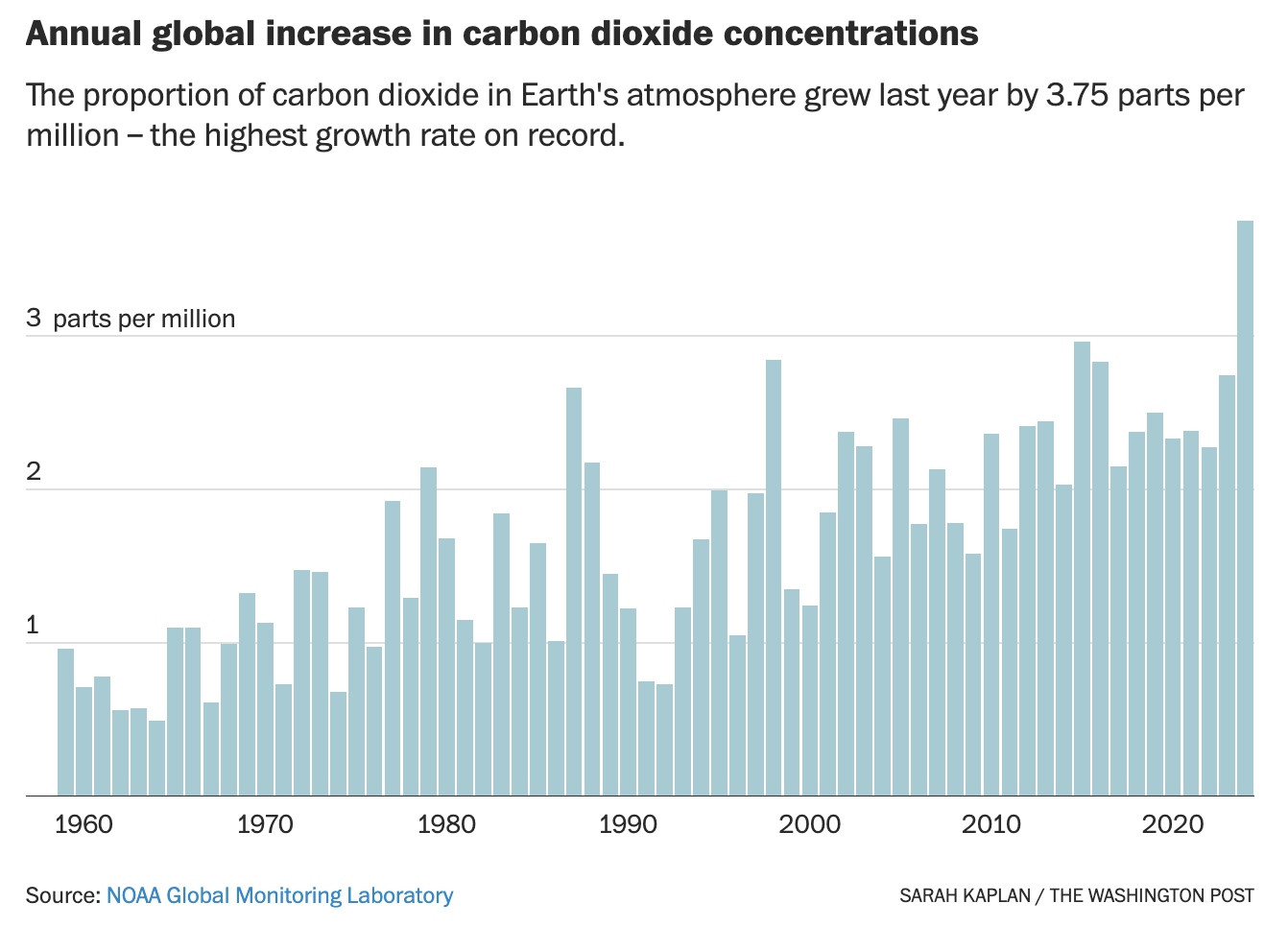


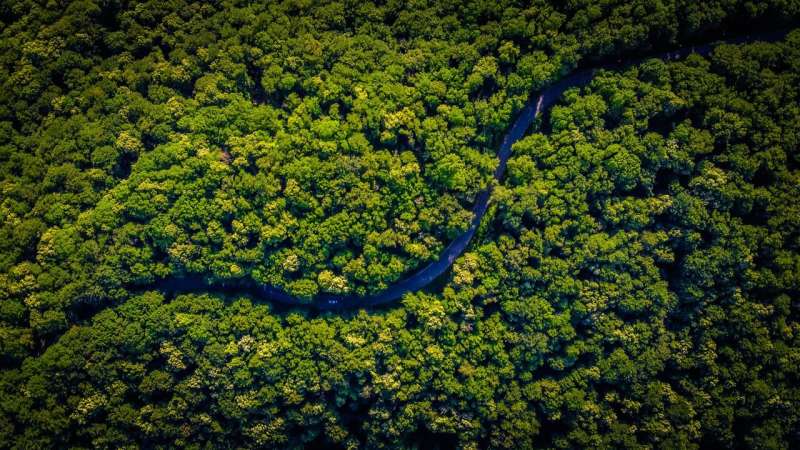

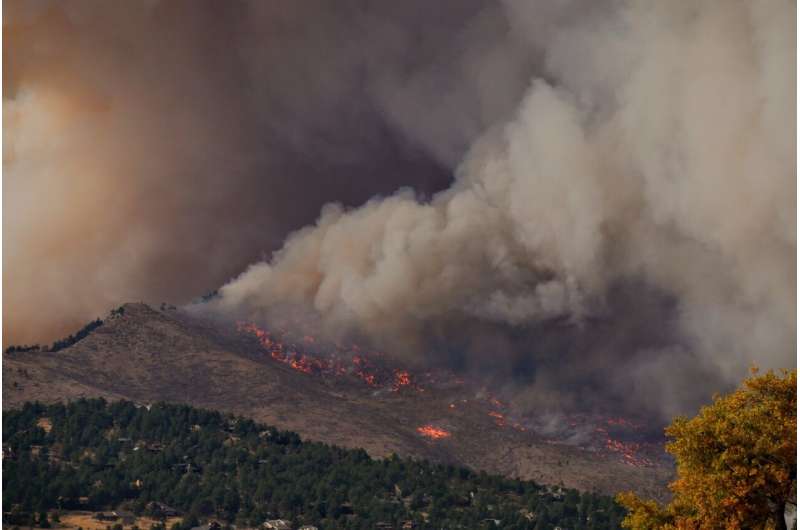














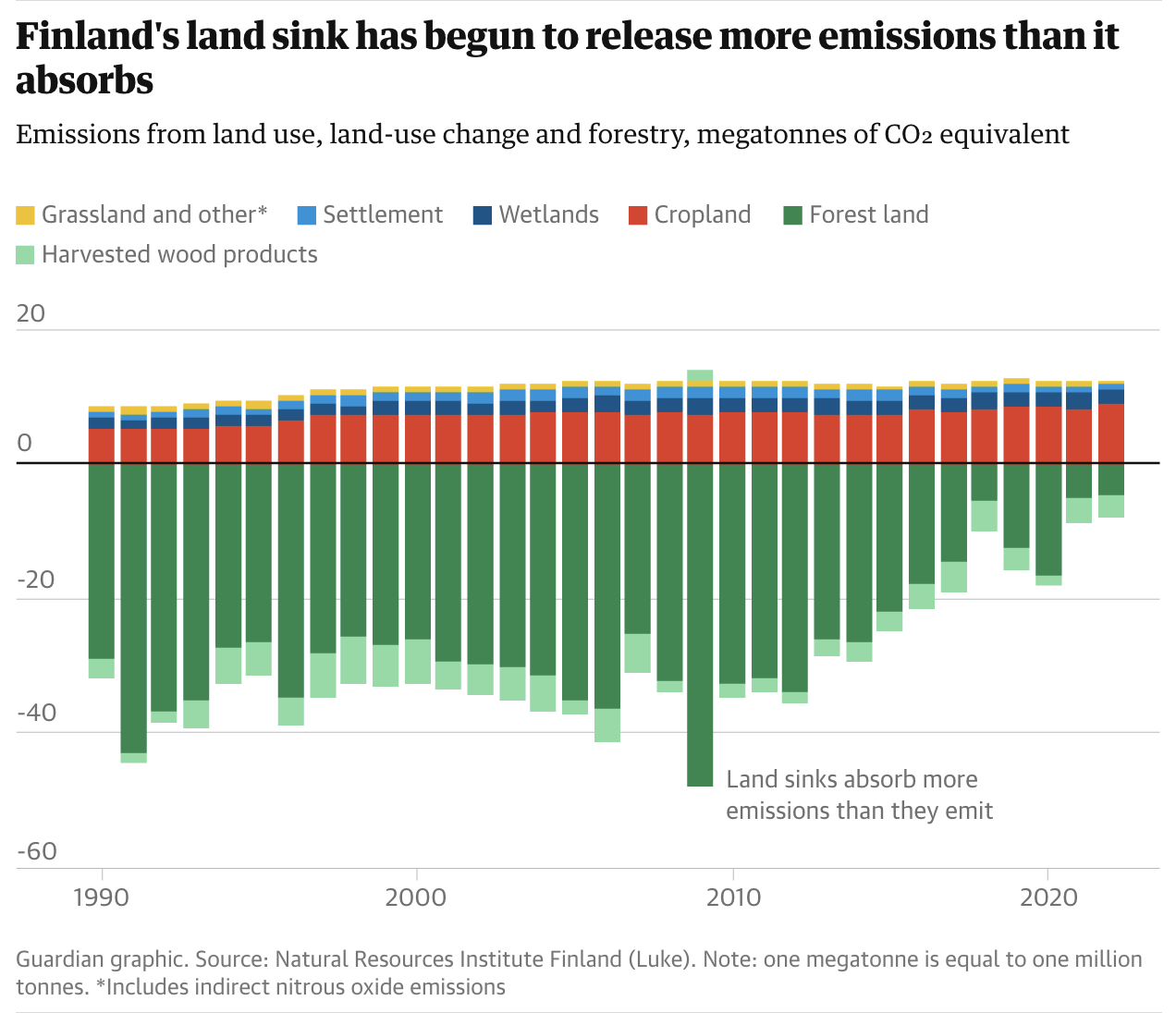

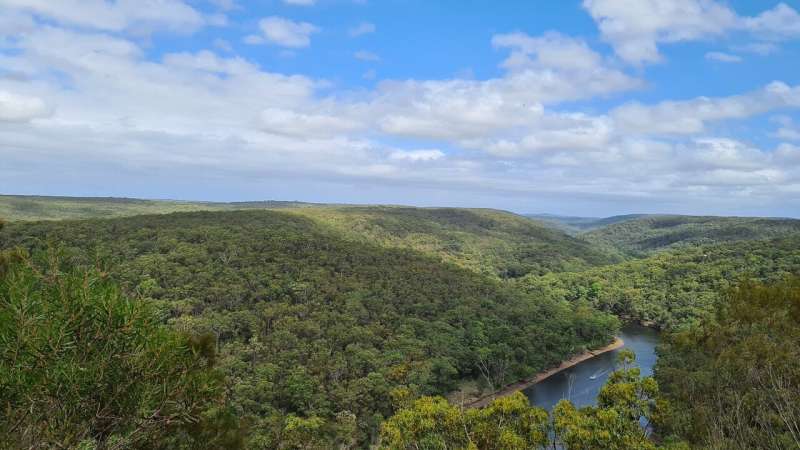

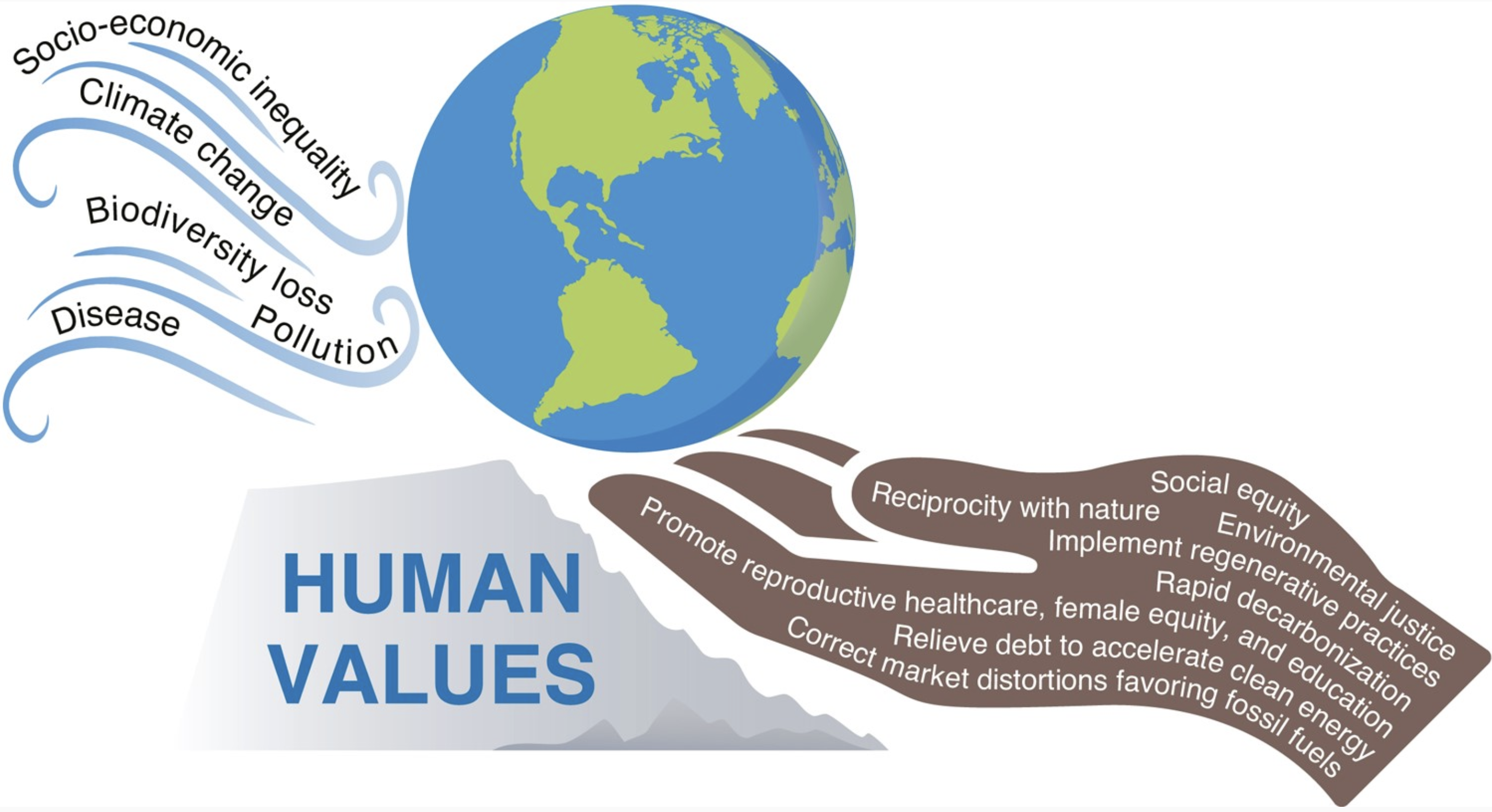
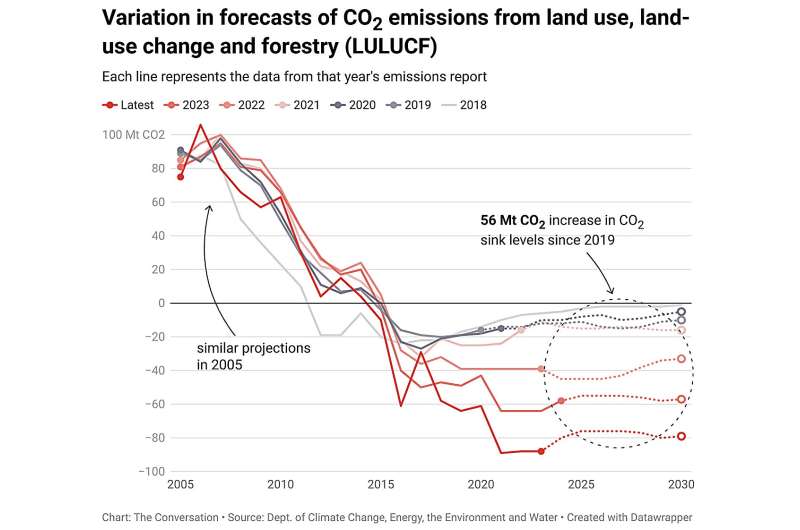
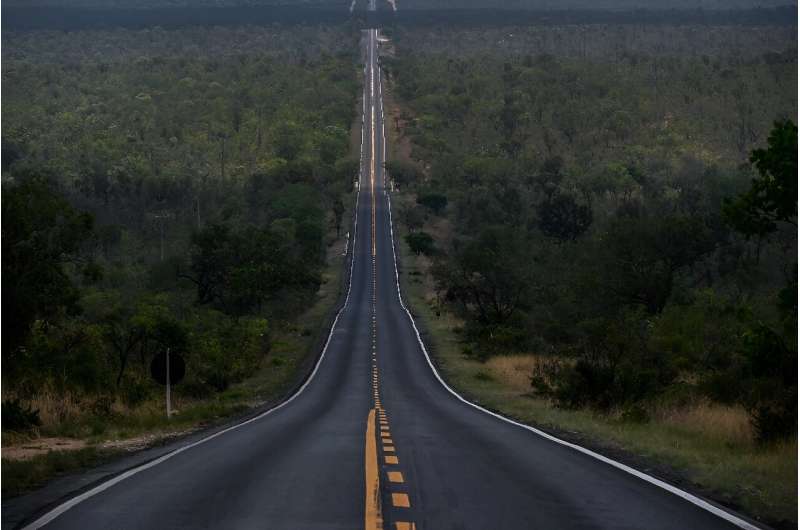

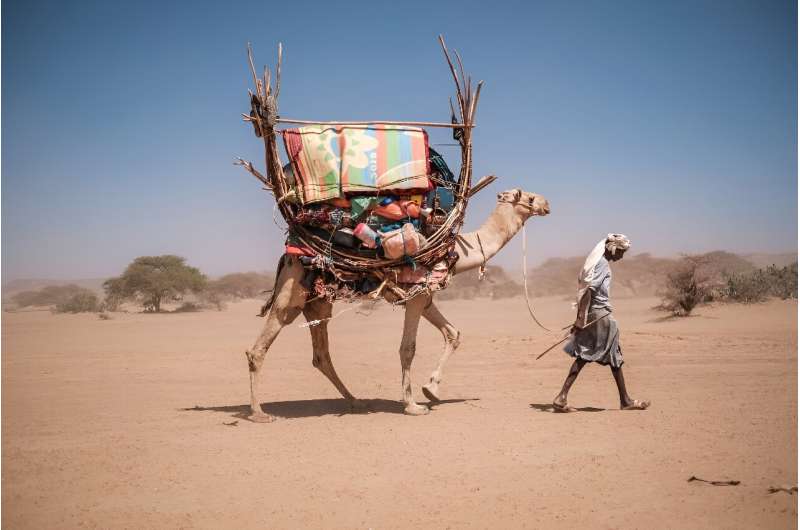
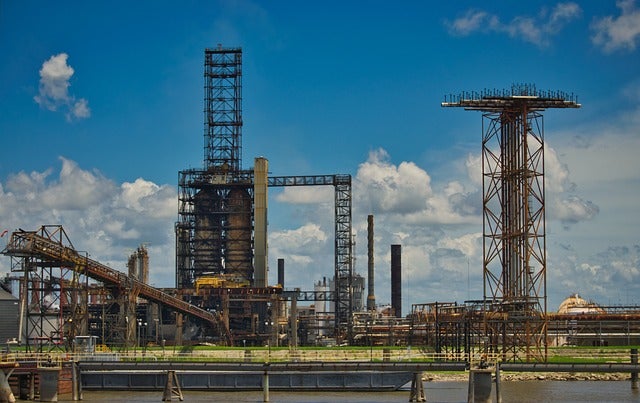
:format(webp)/cdn.vox-cdn.com/uploads/chorus_asset/file/25436099/1194051845.jpg)
